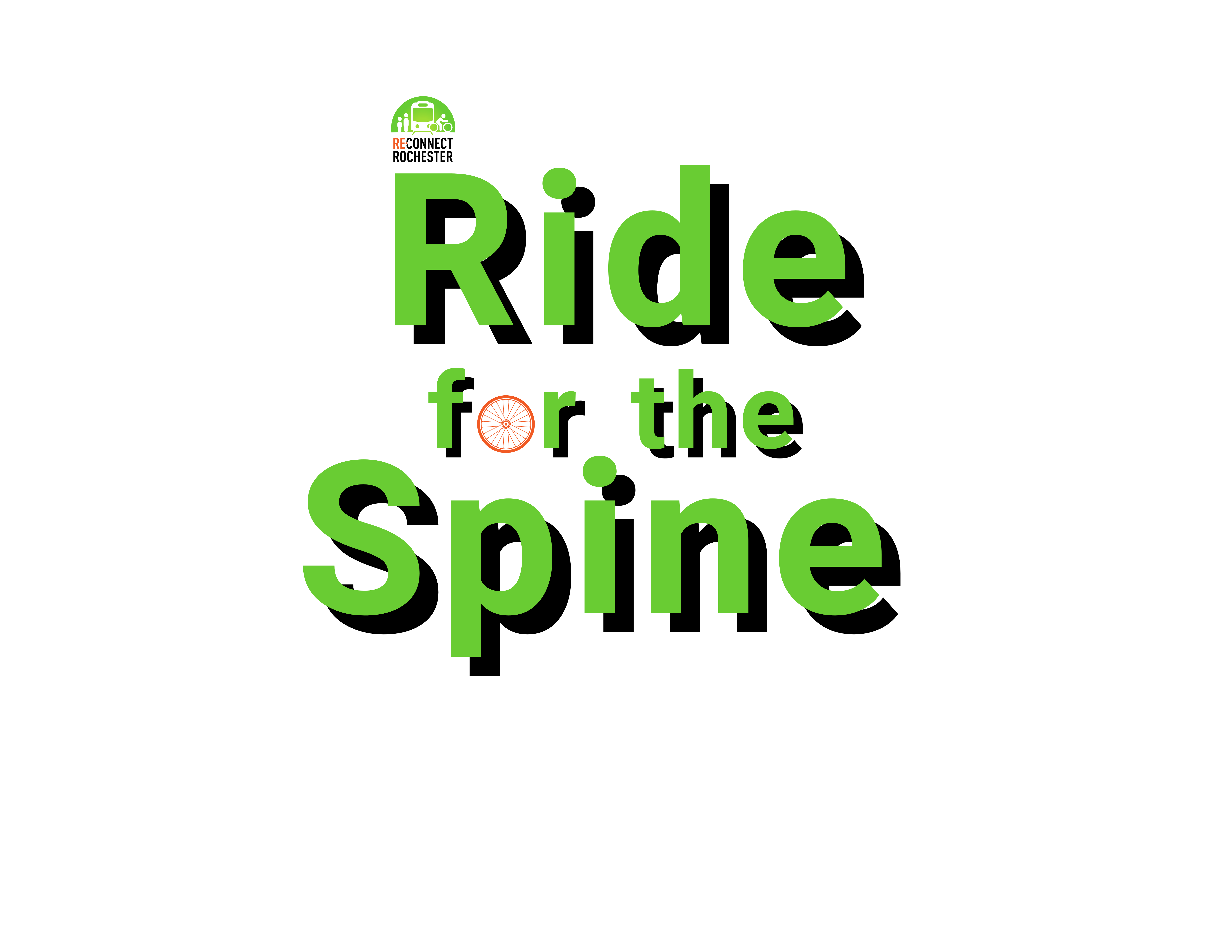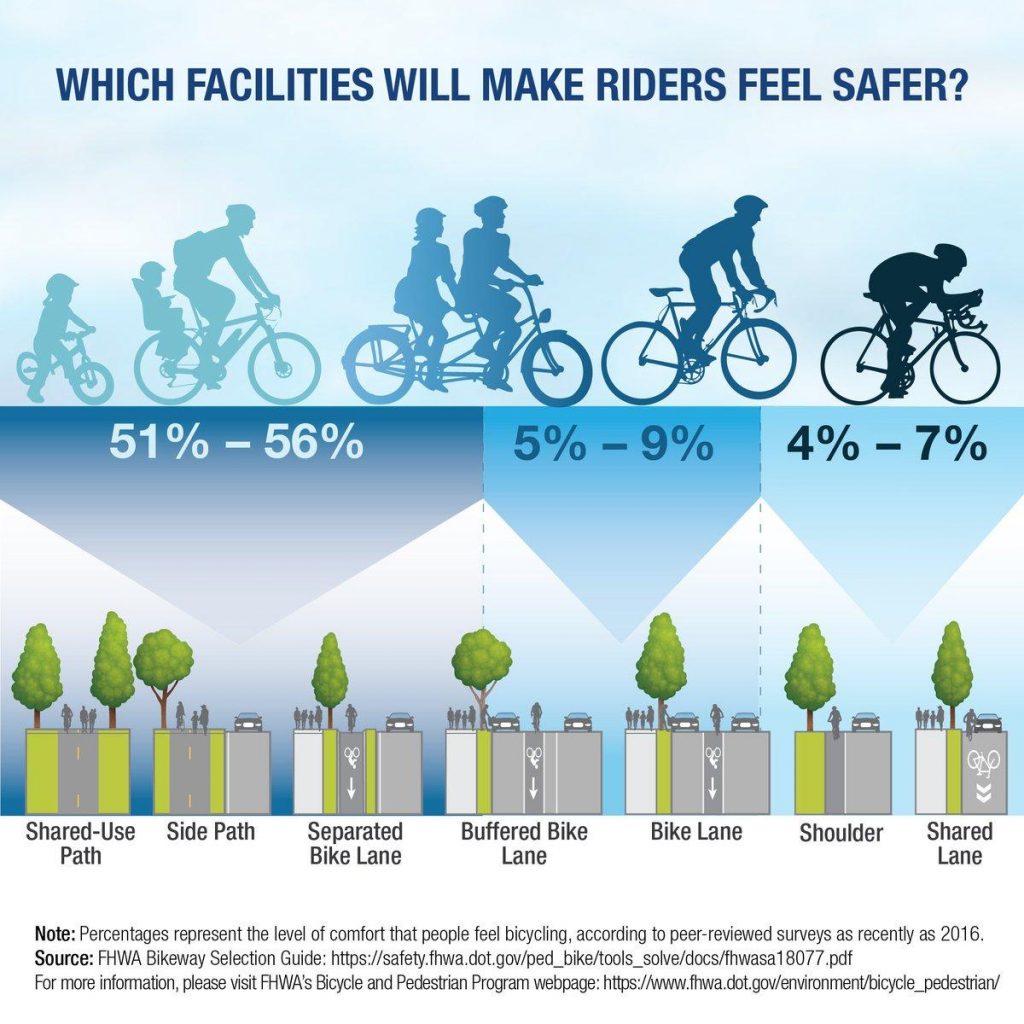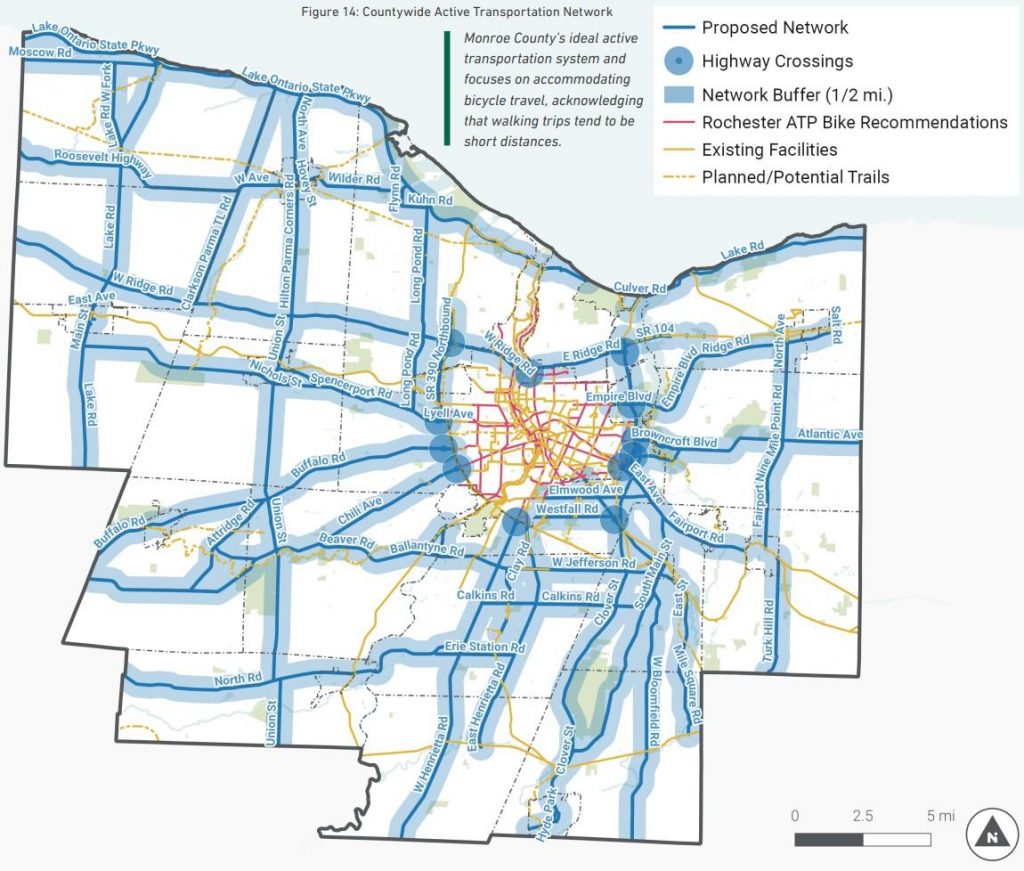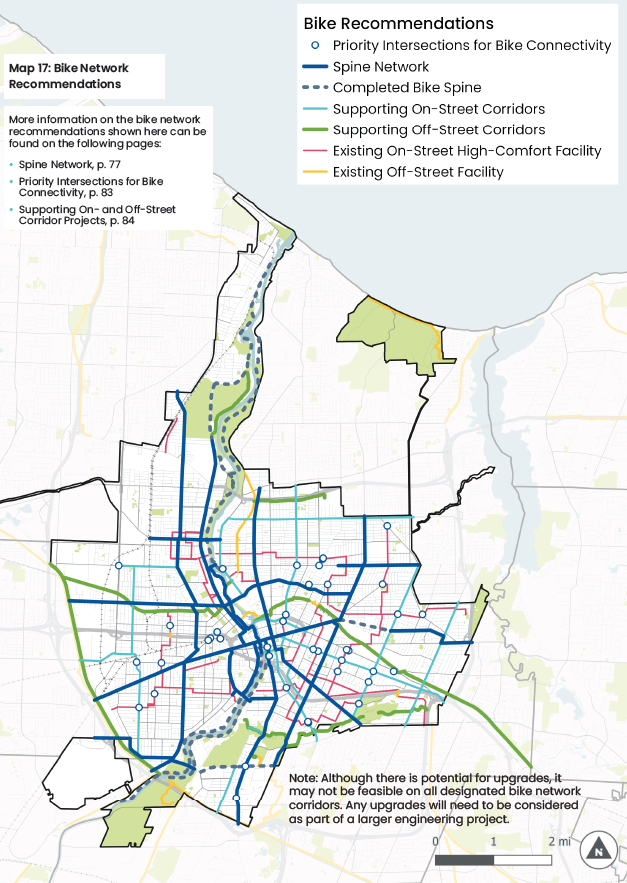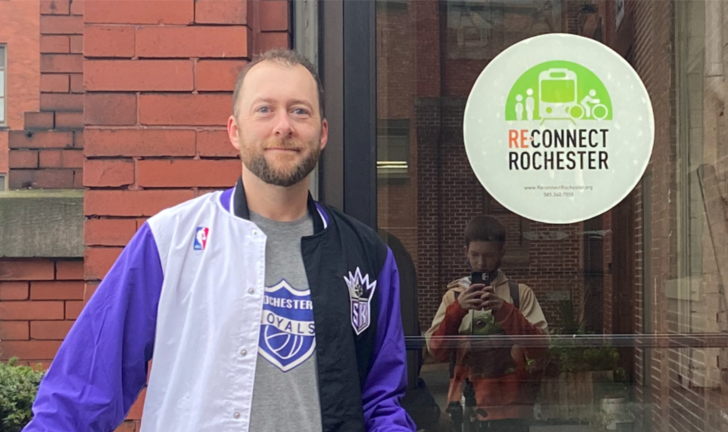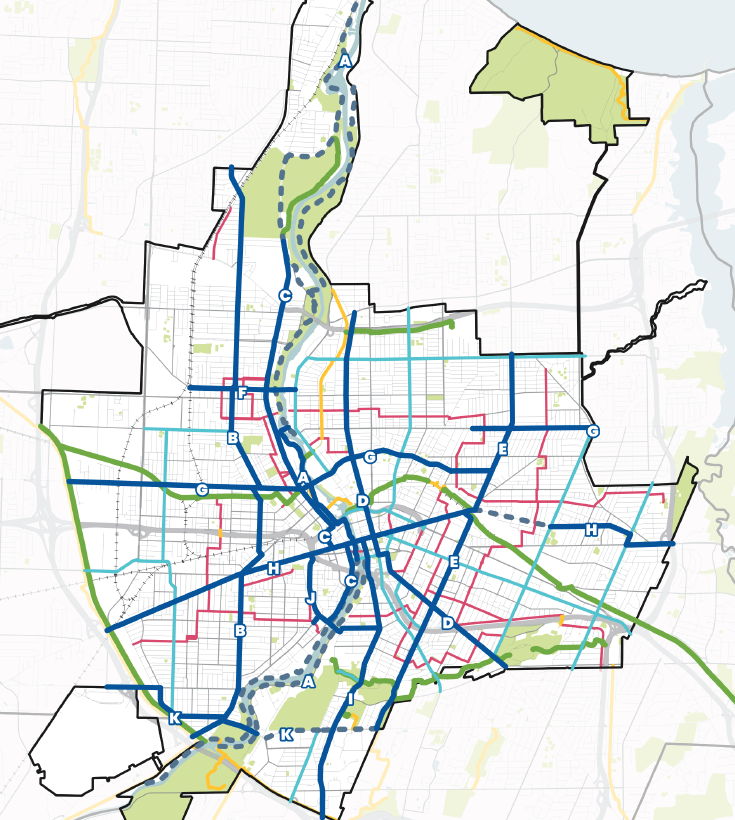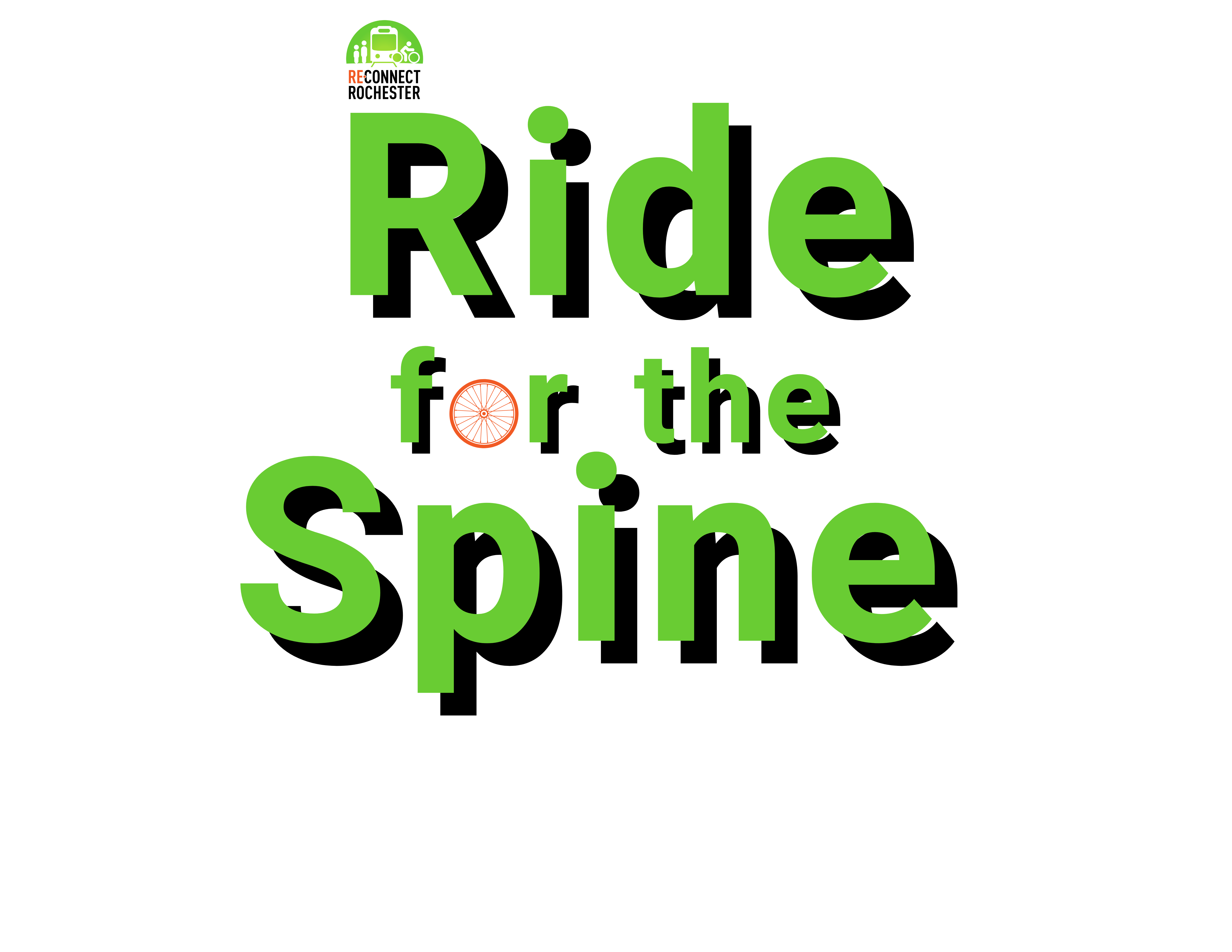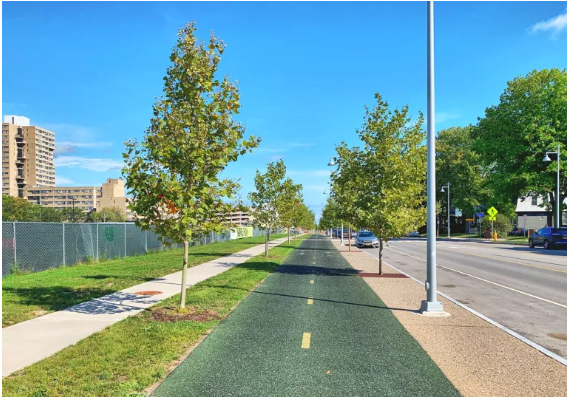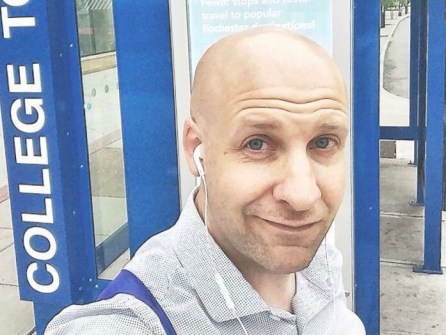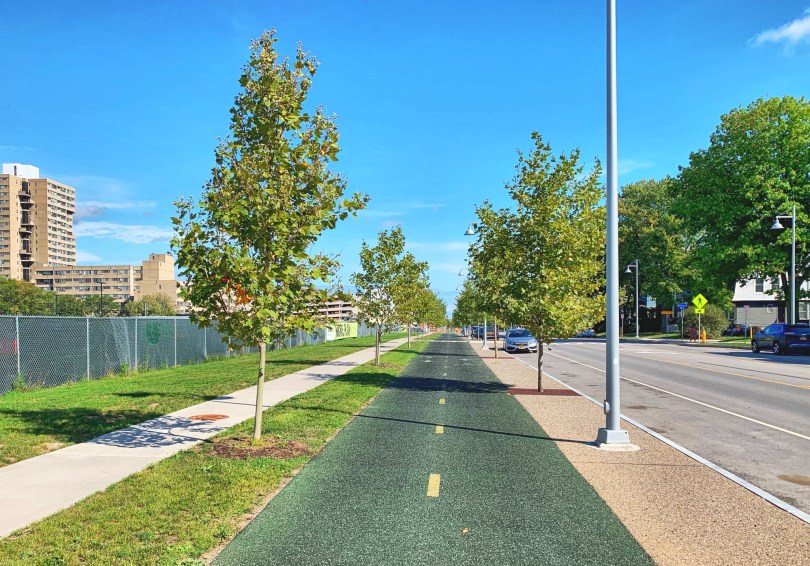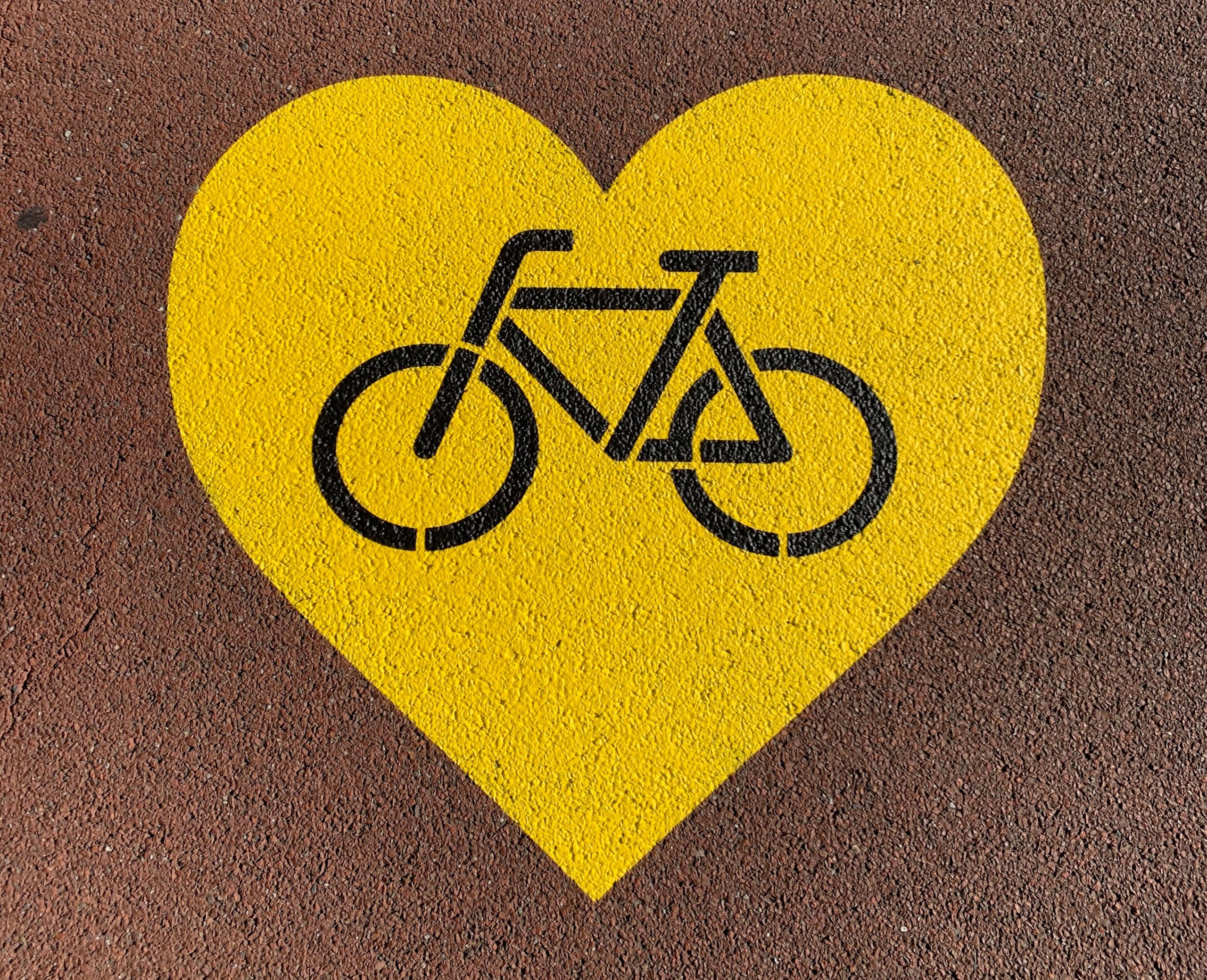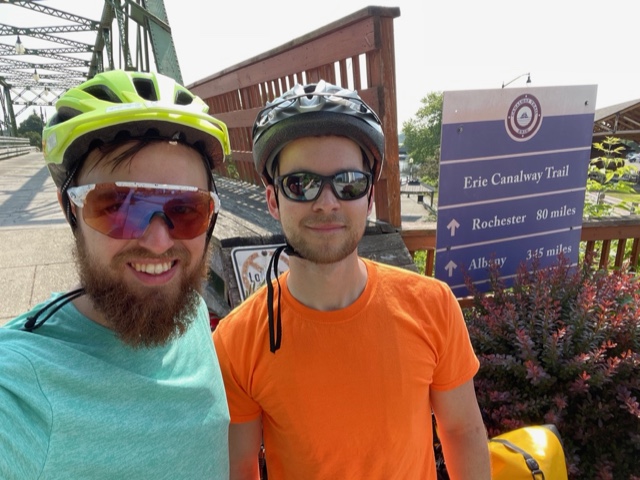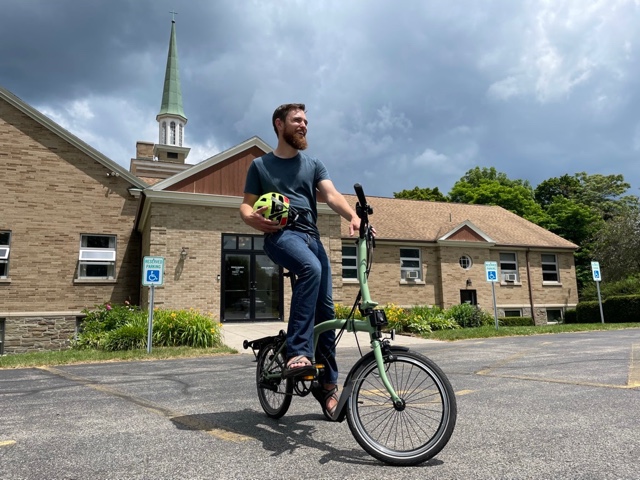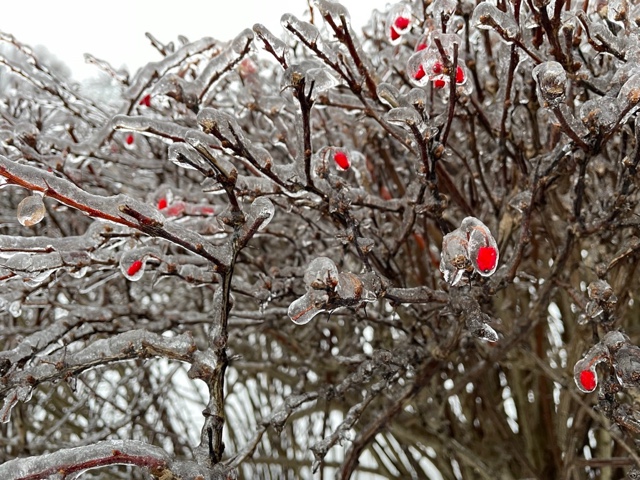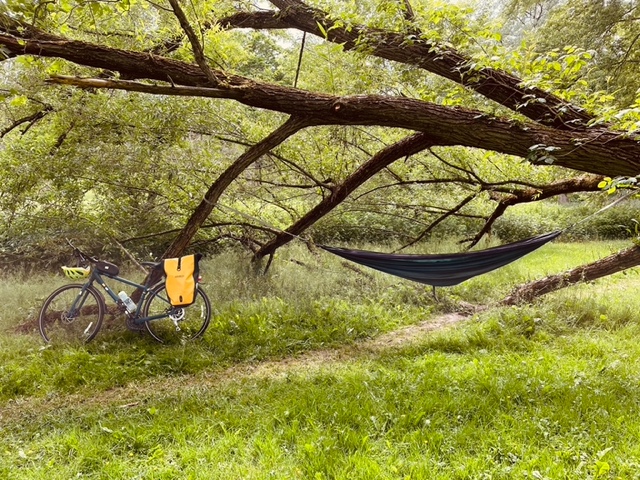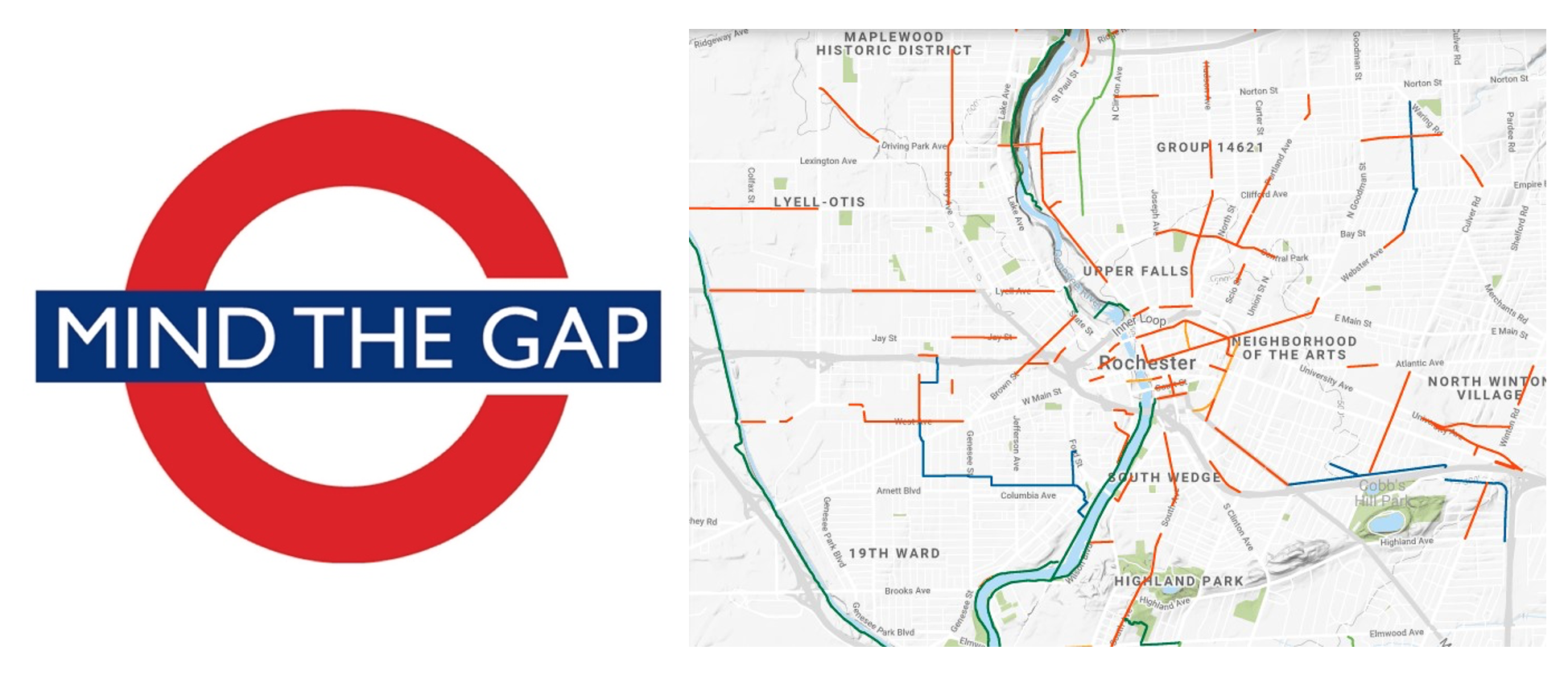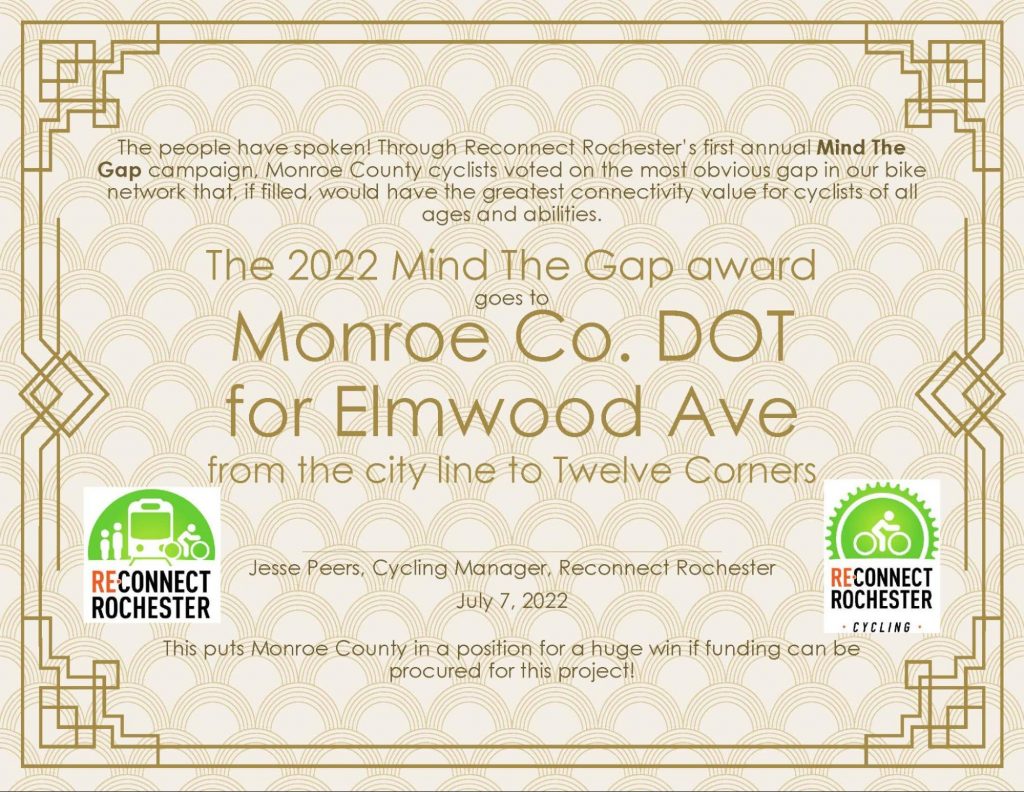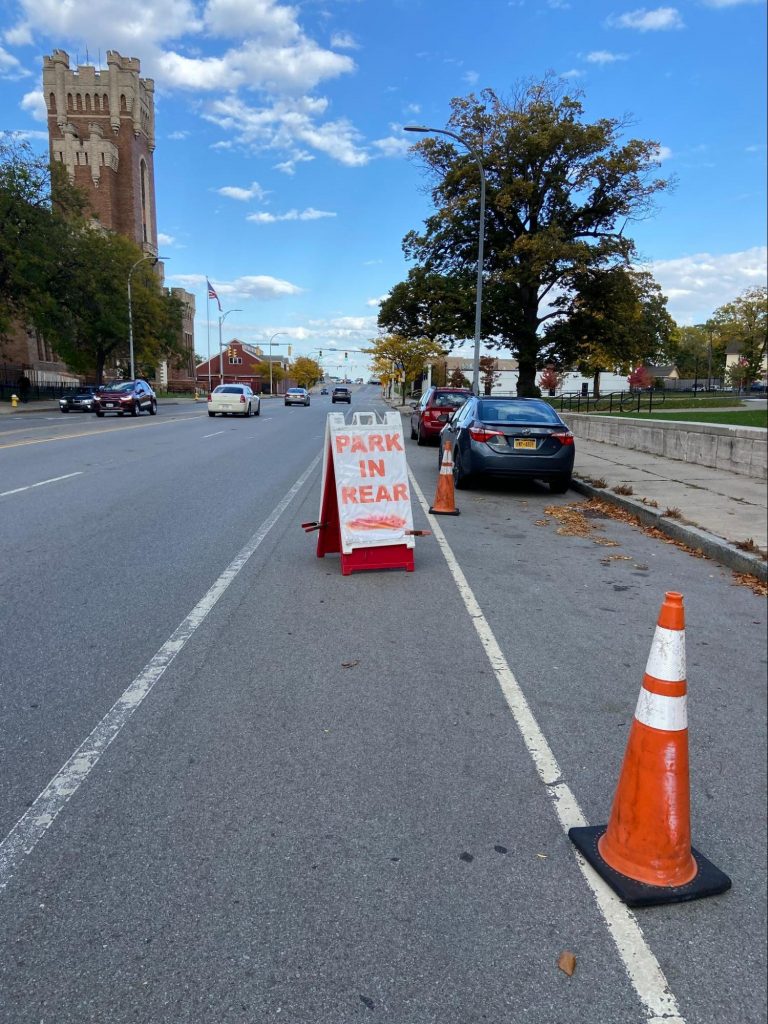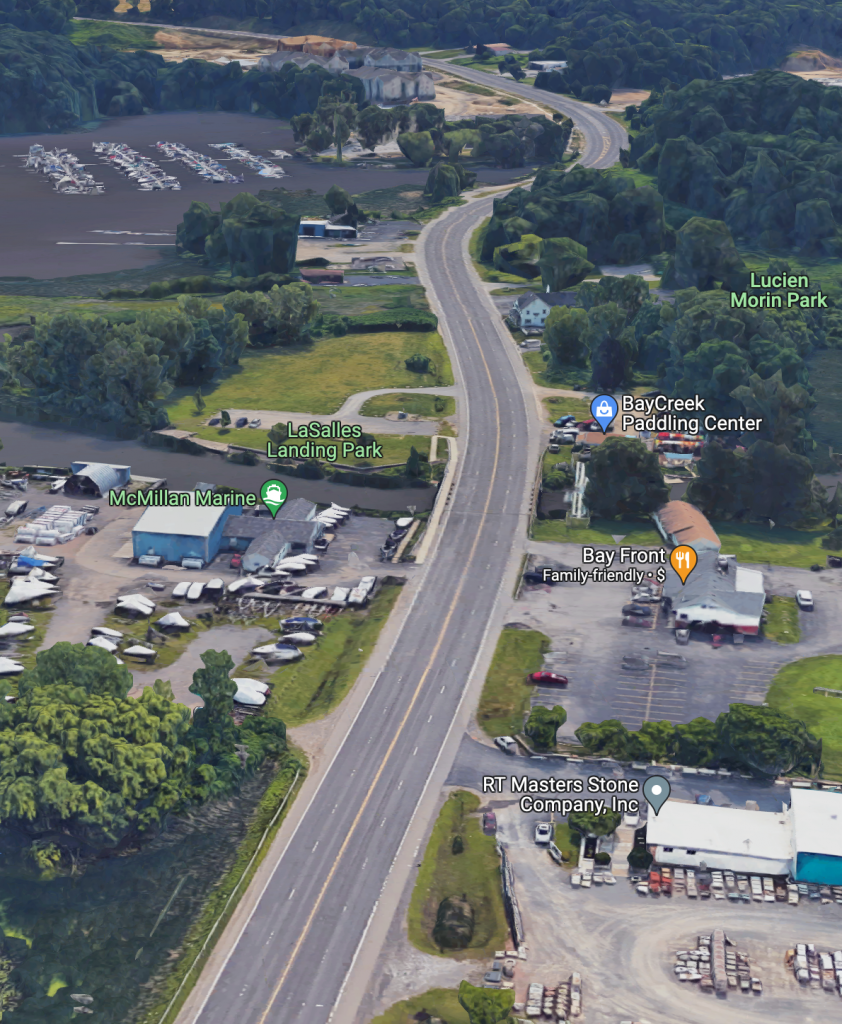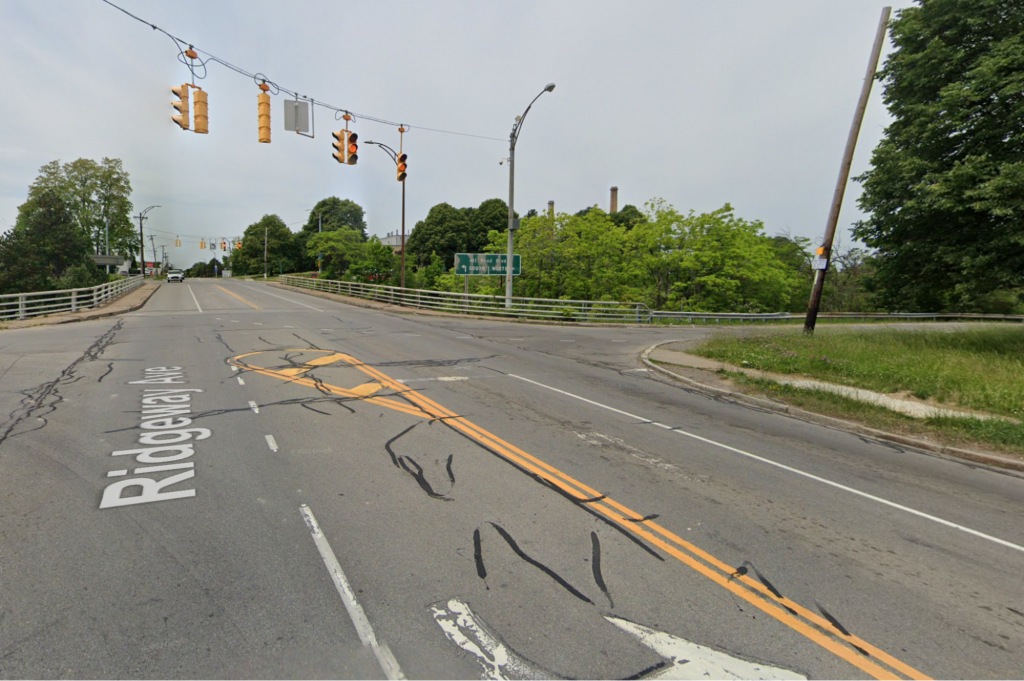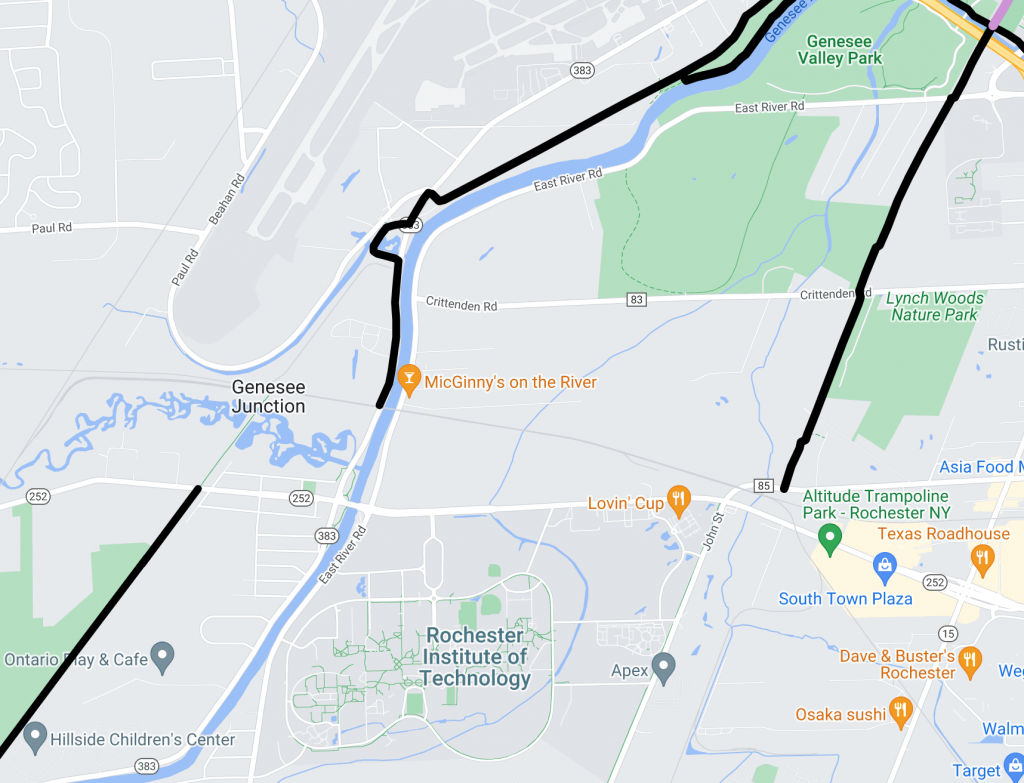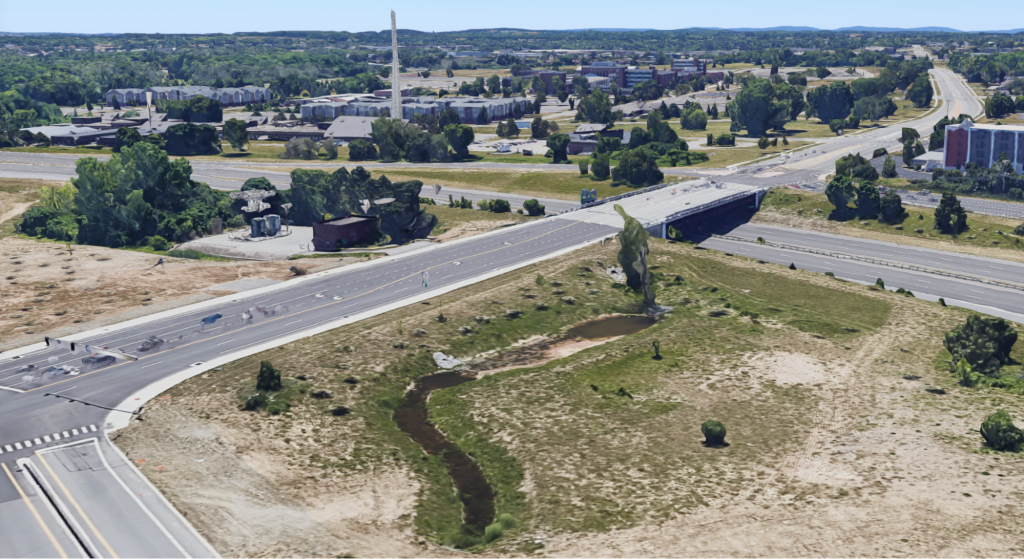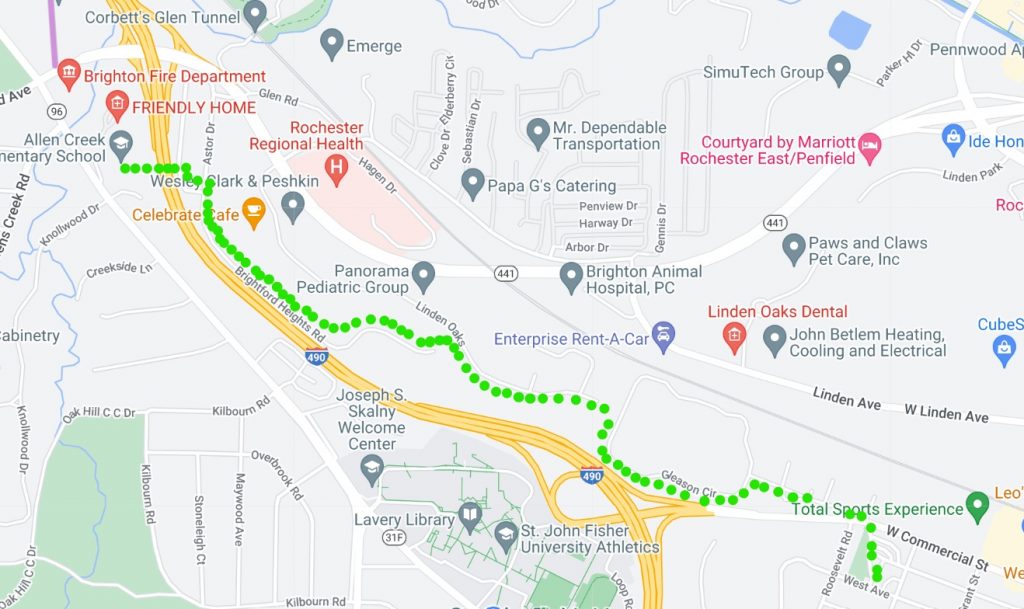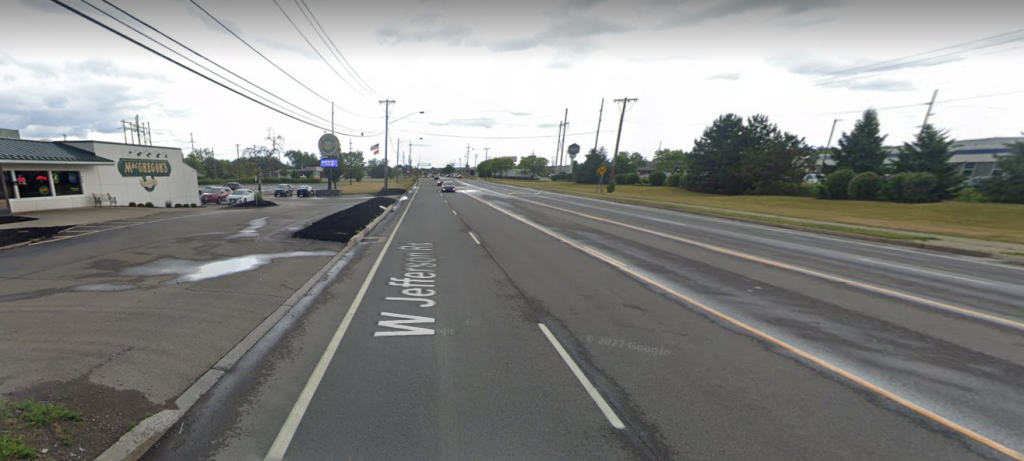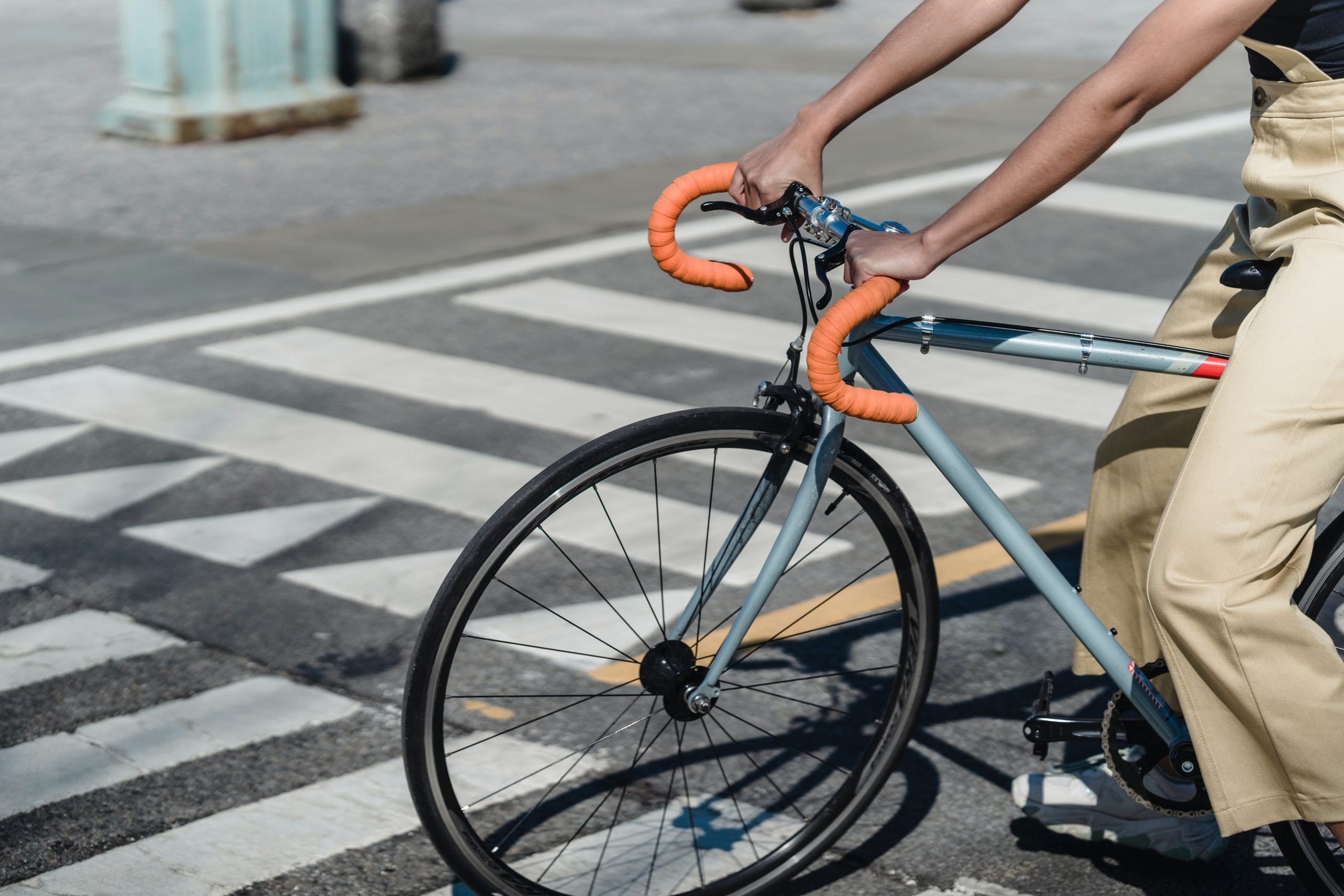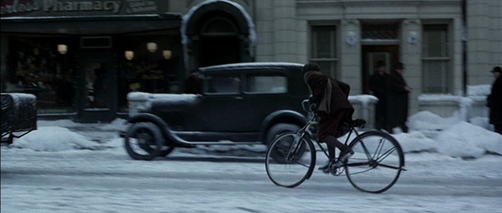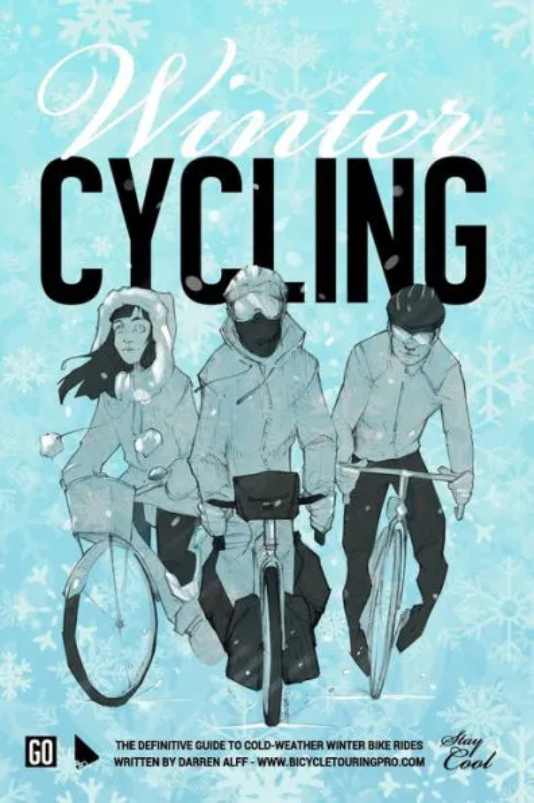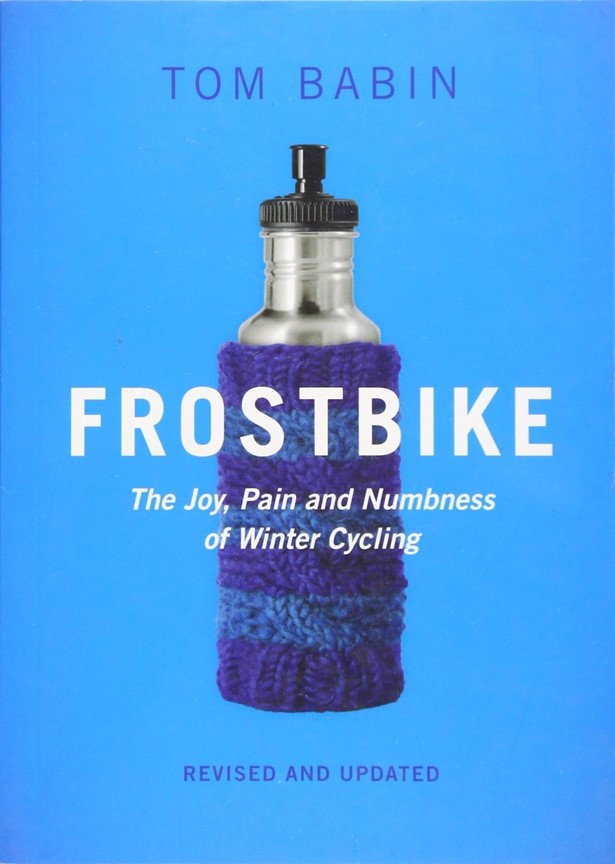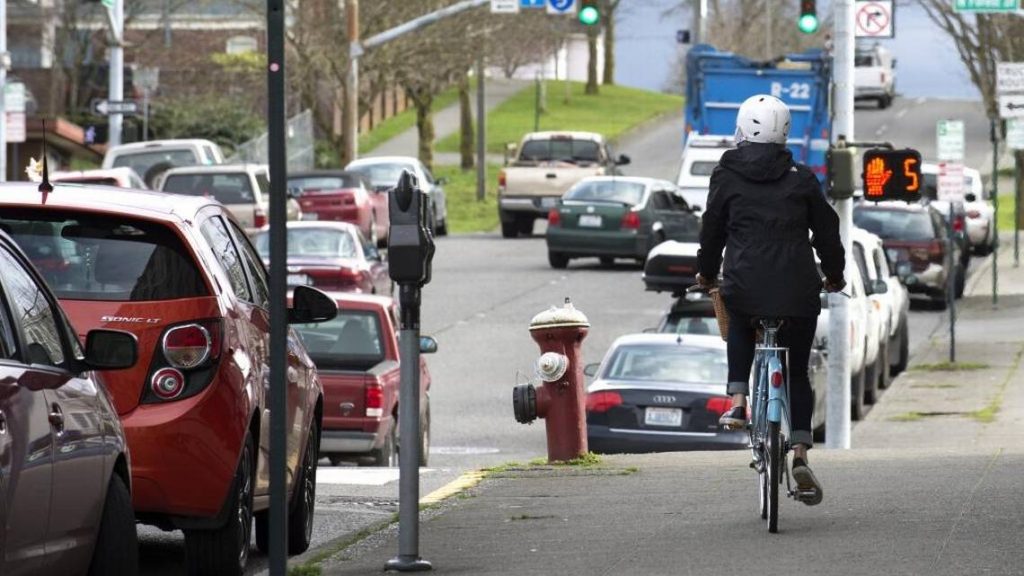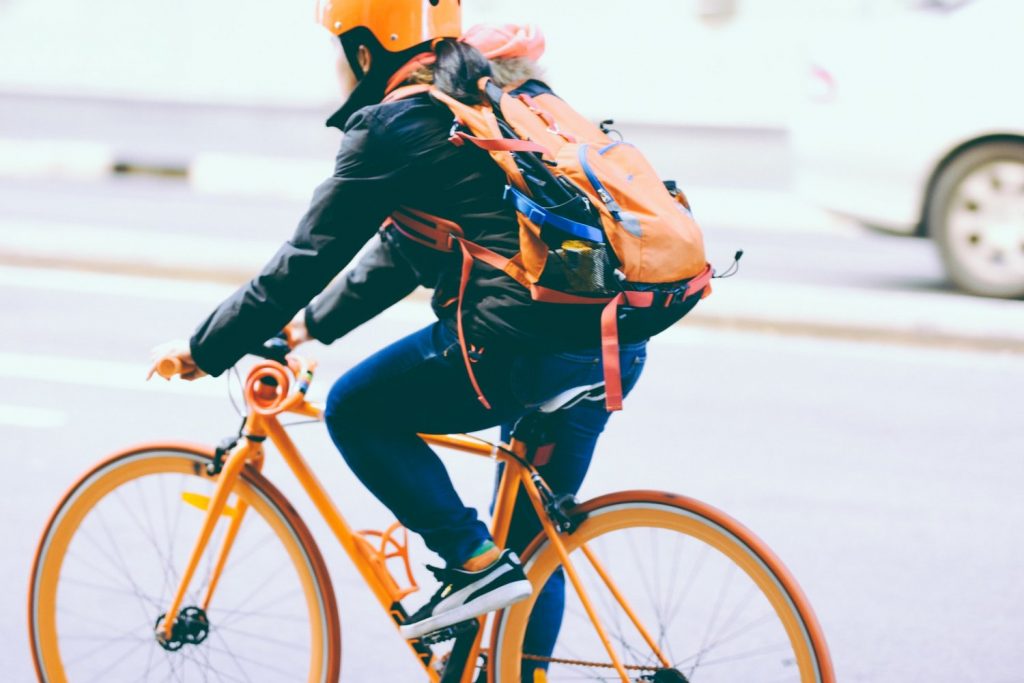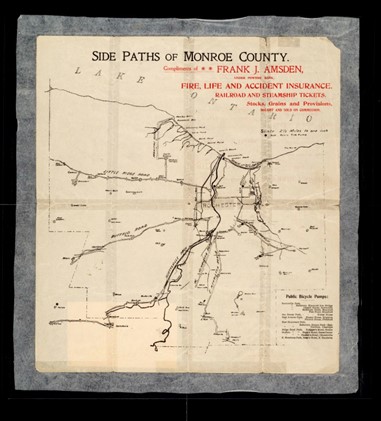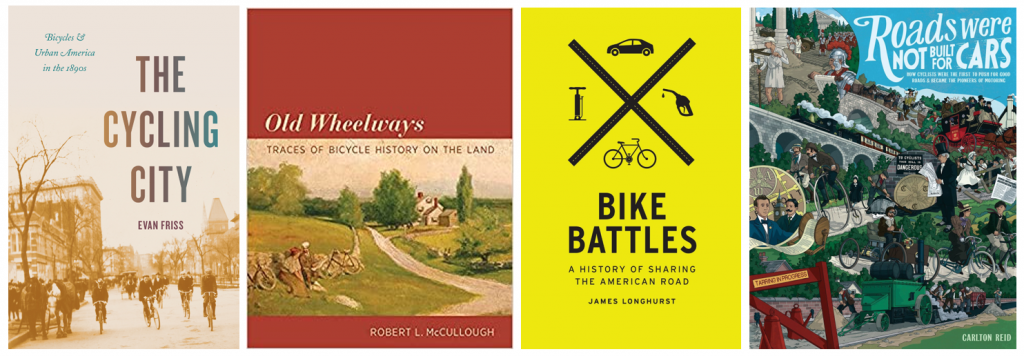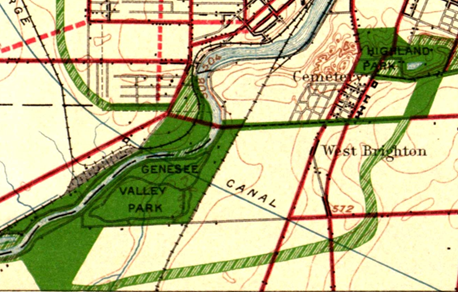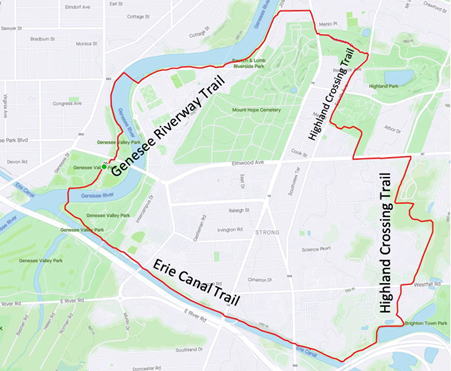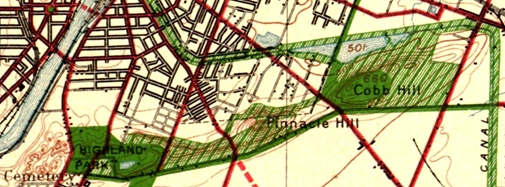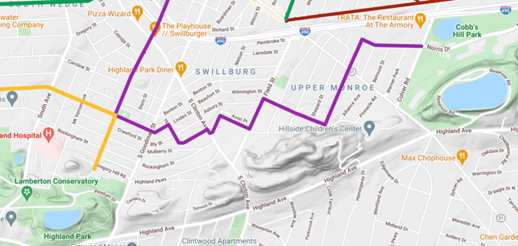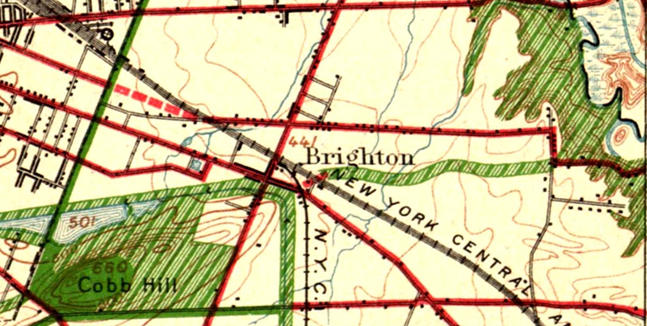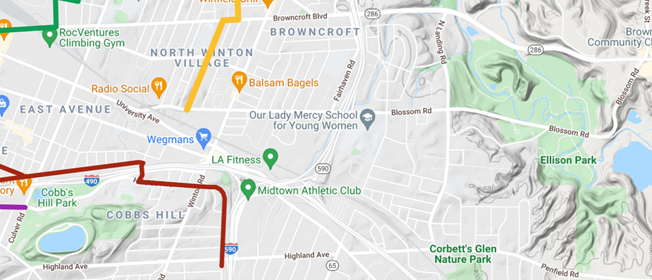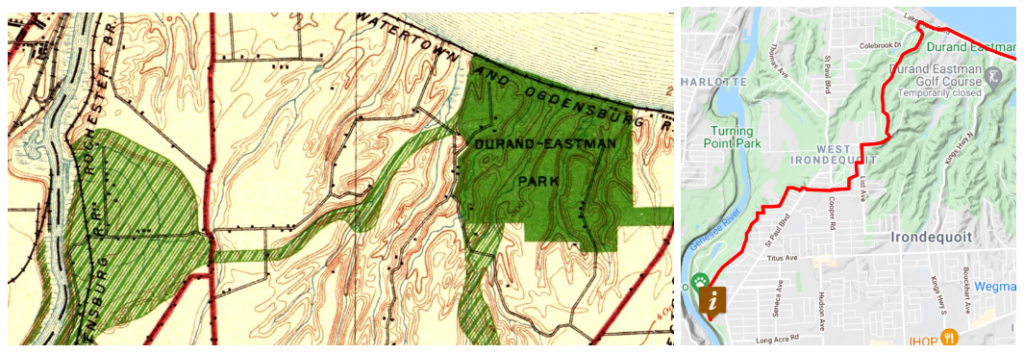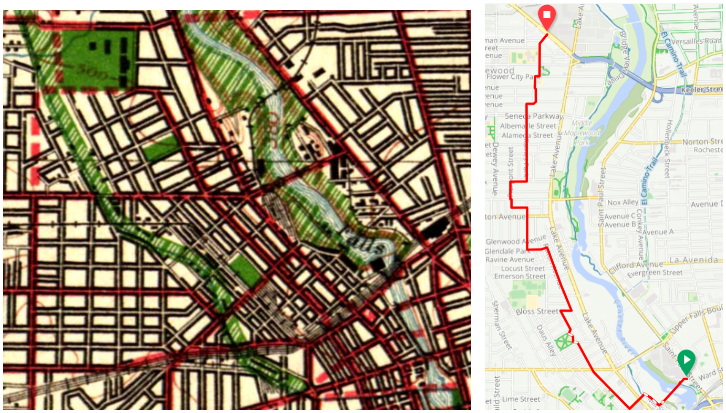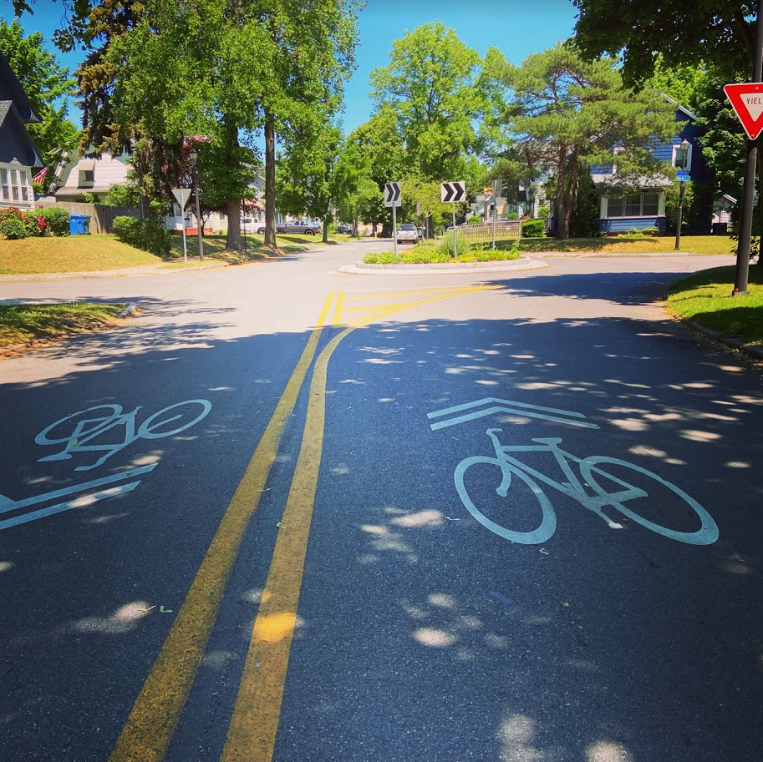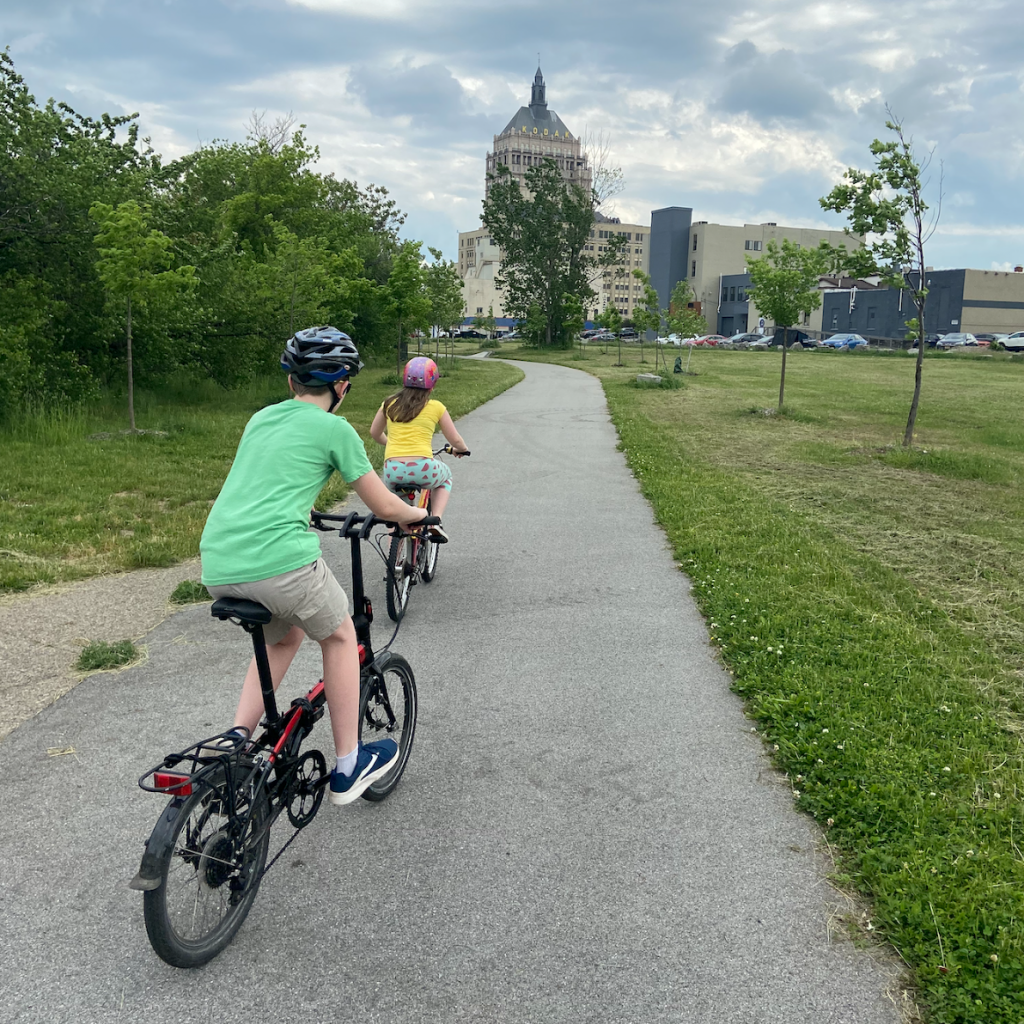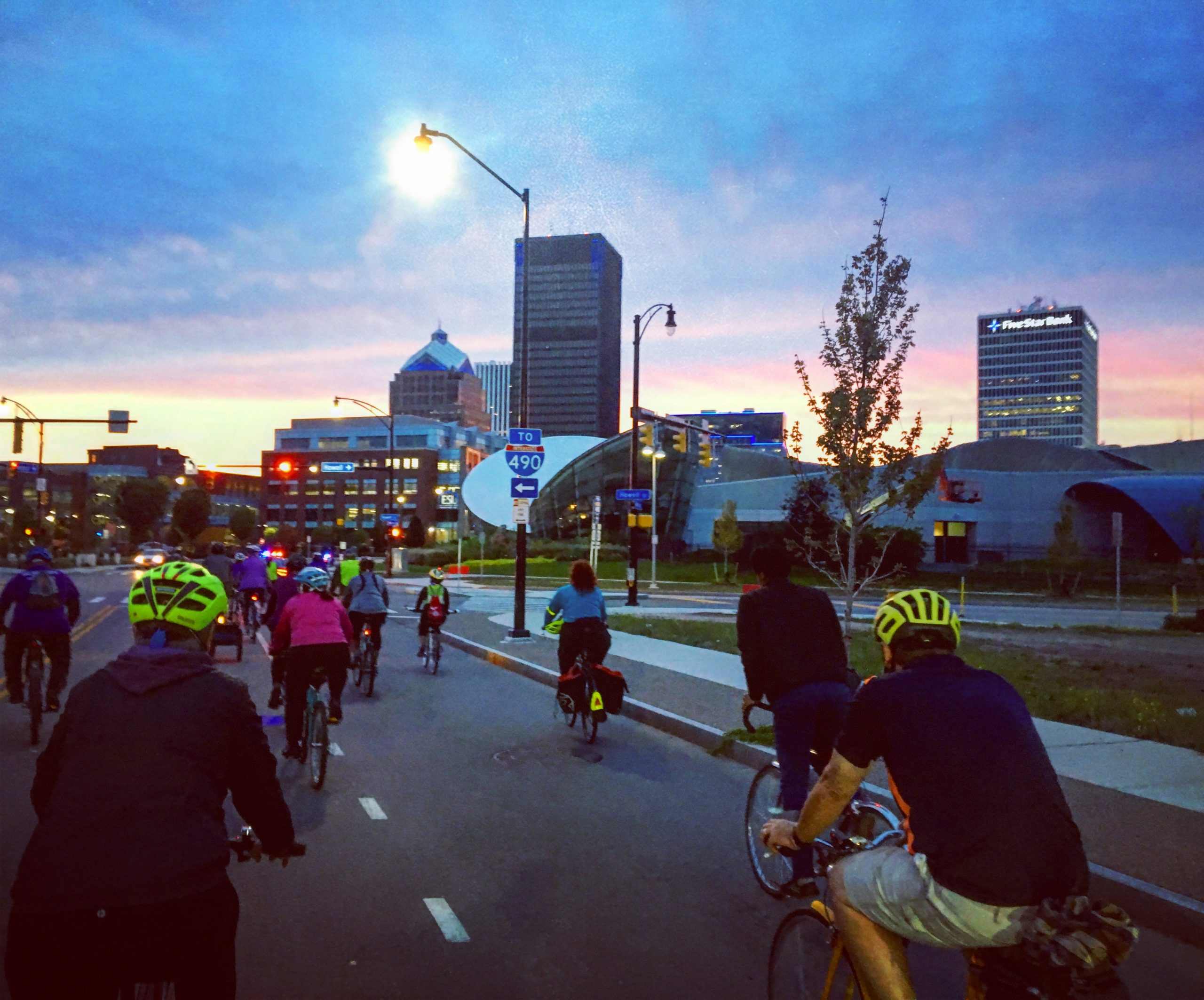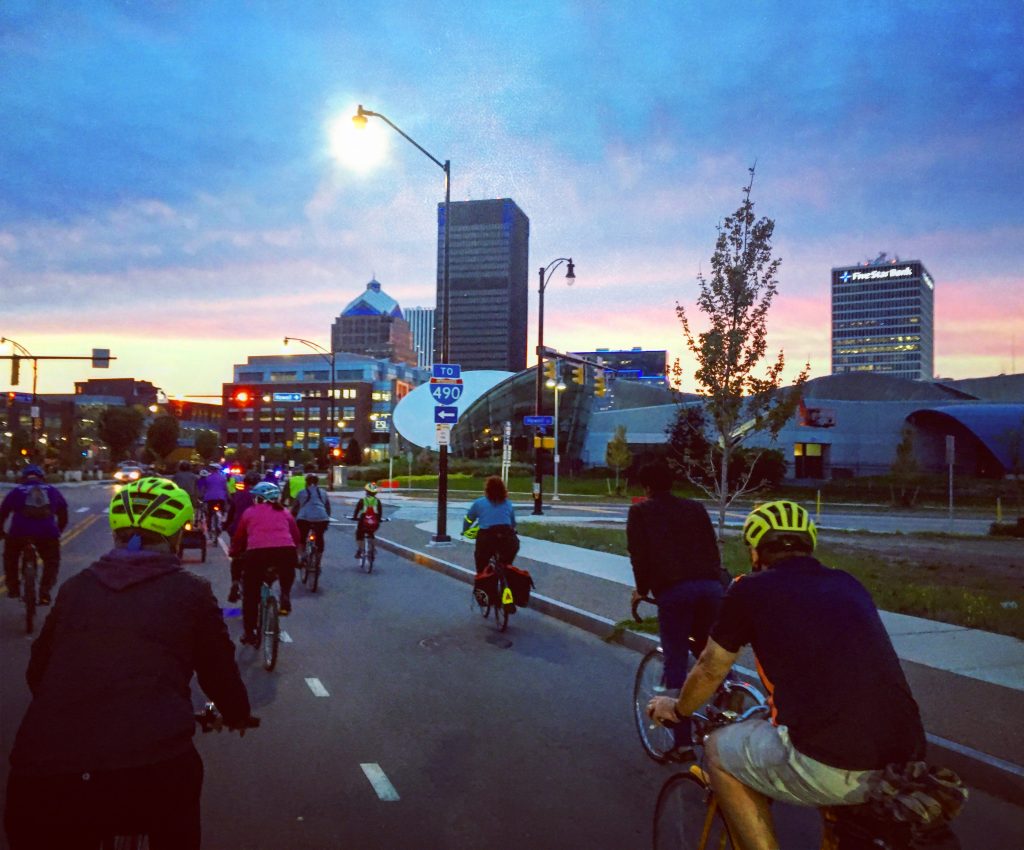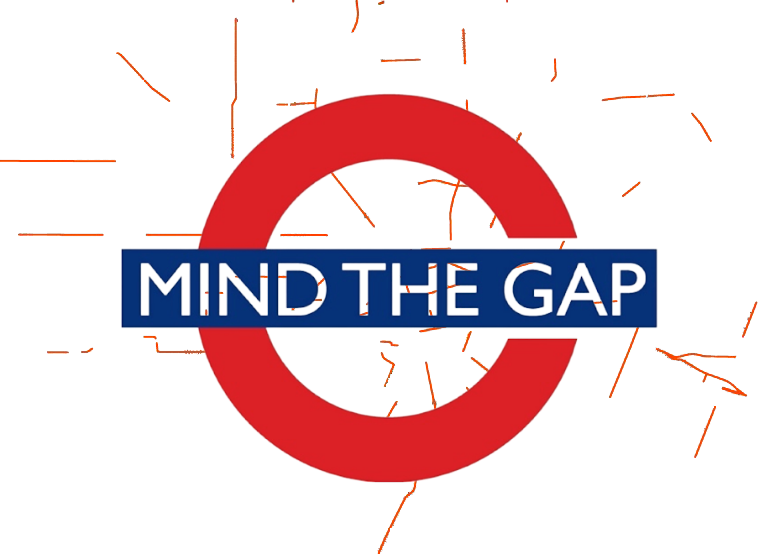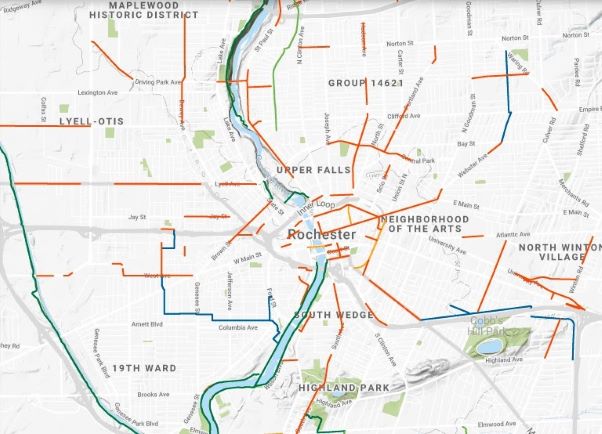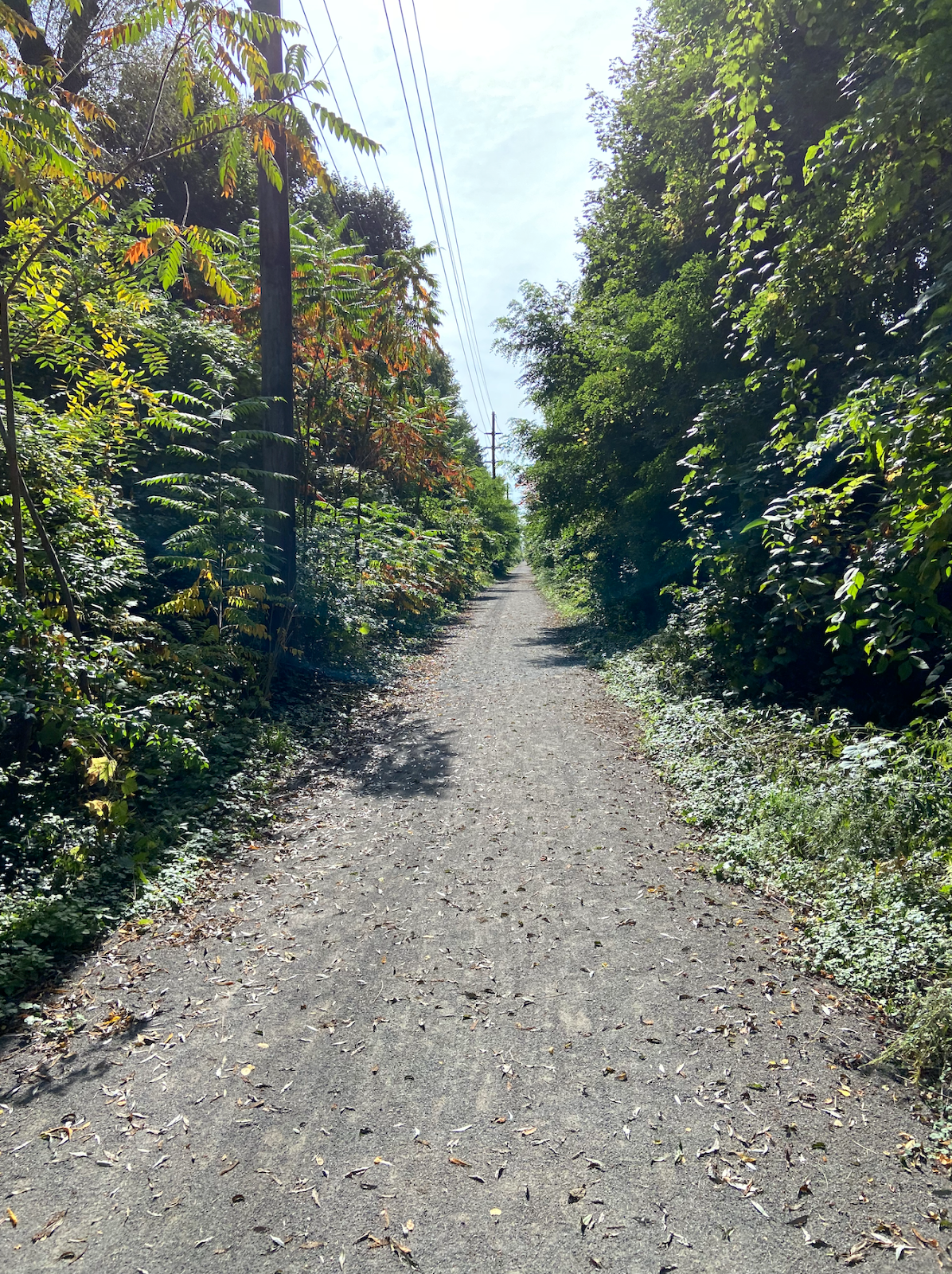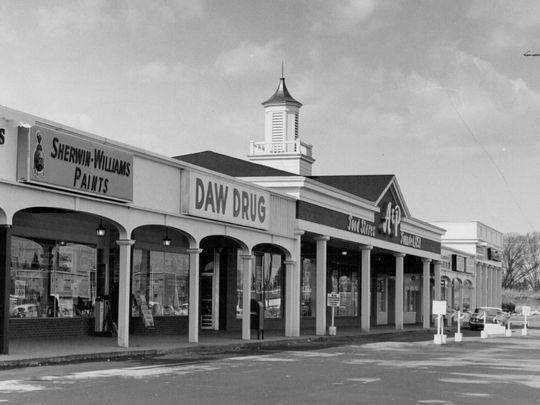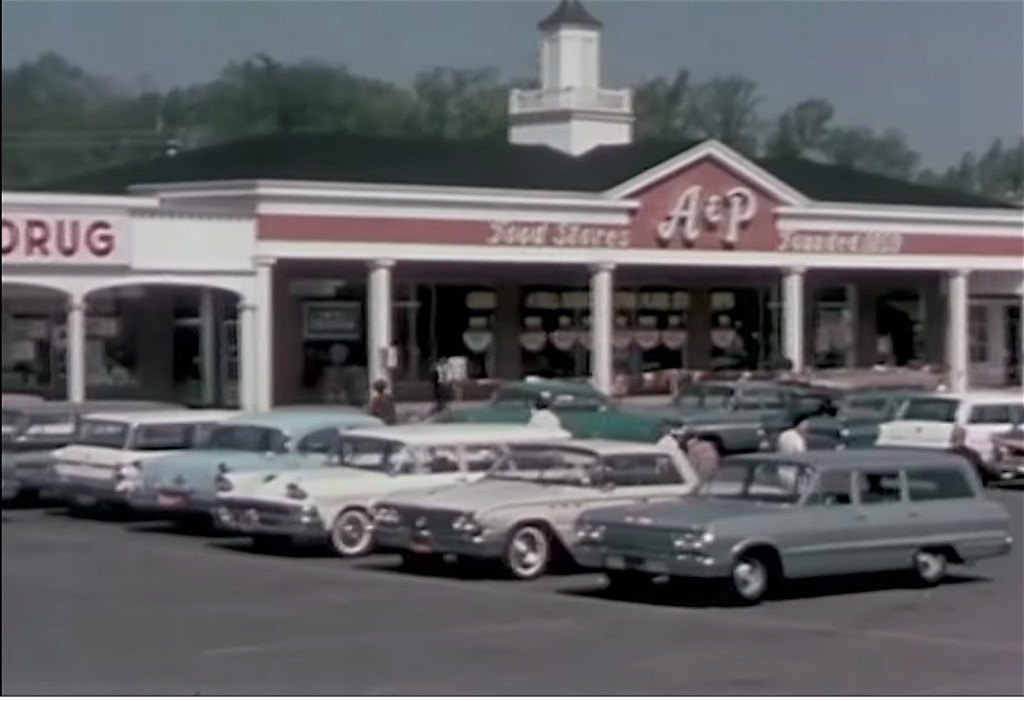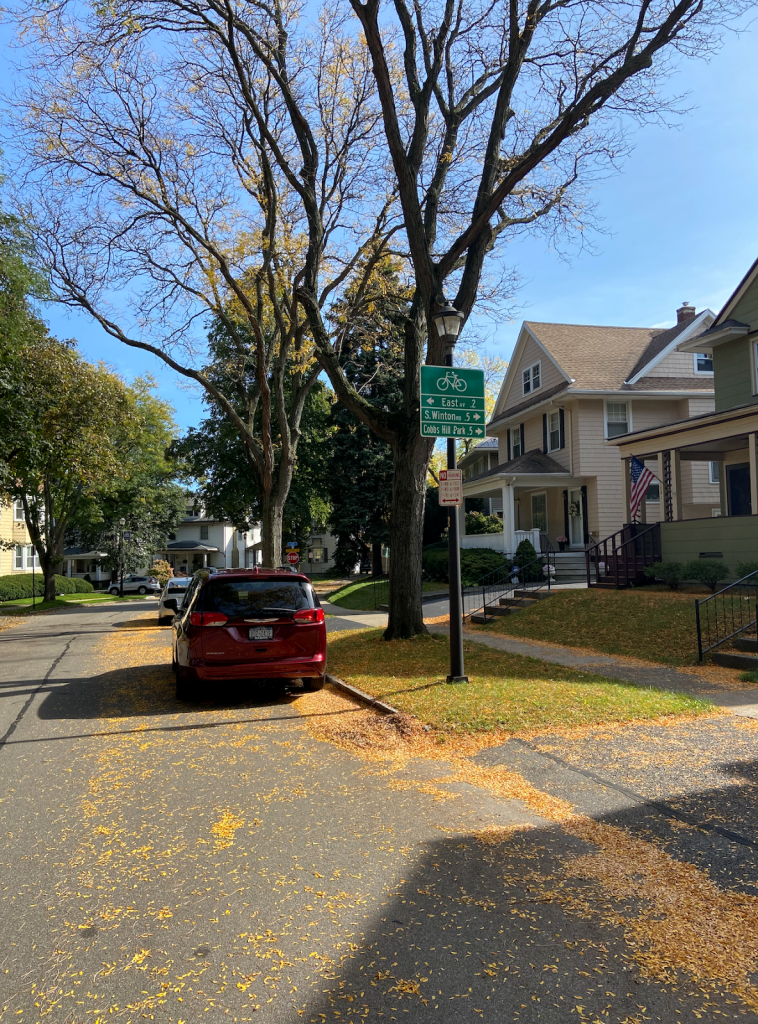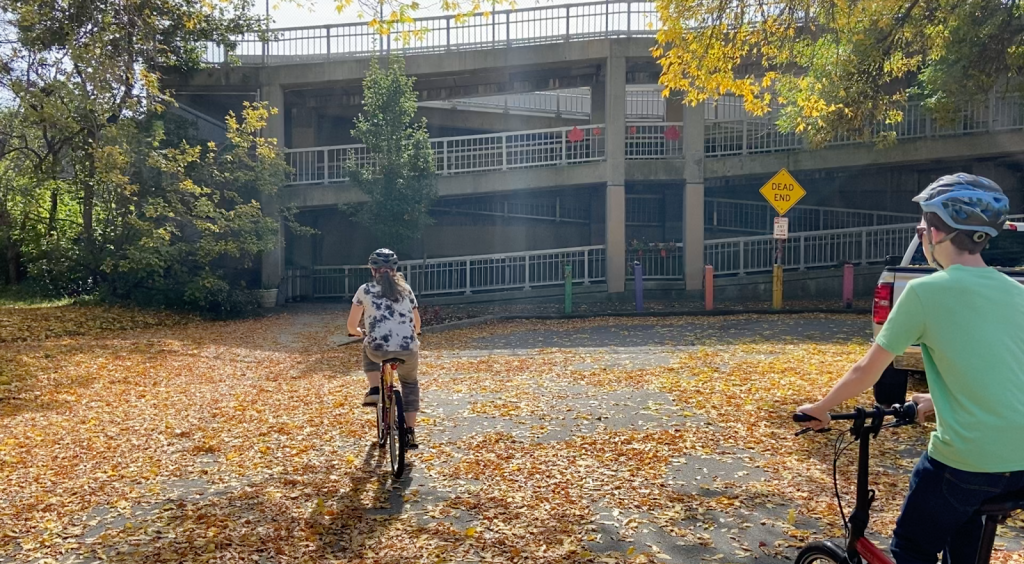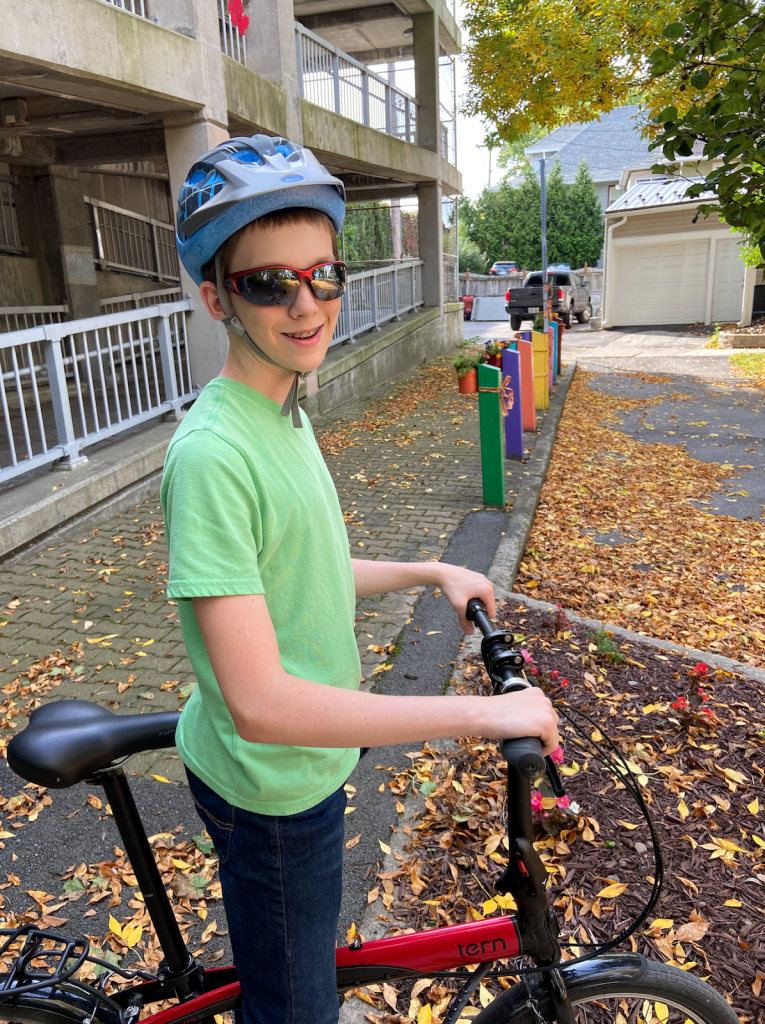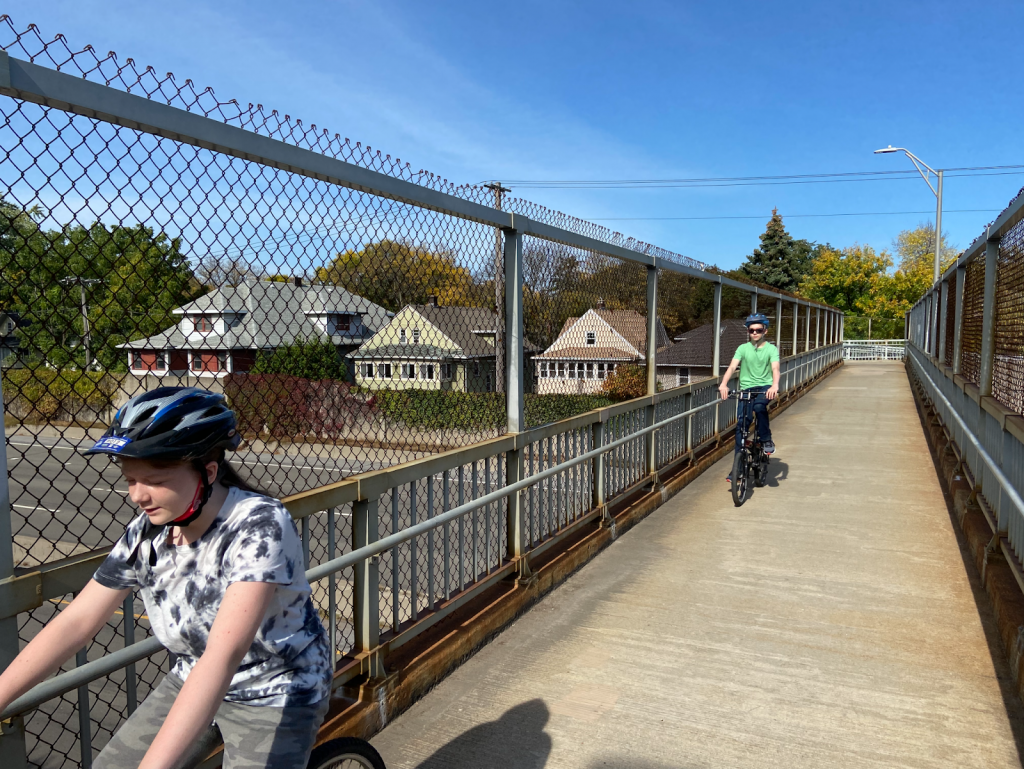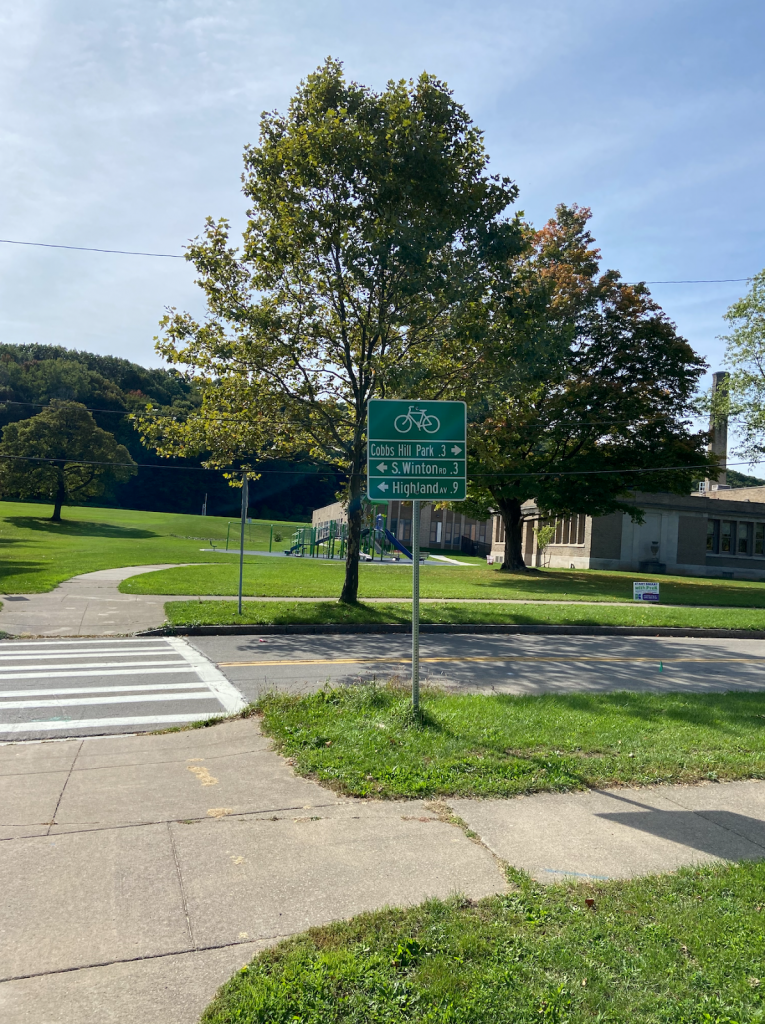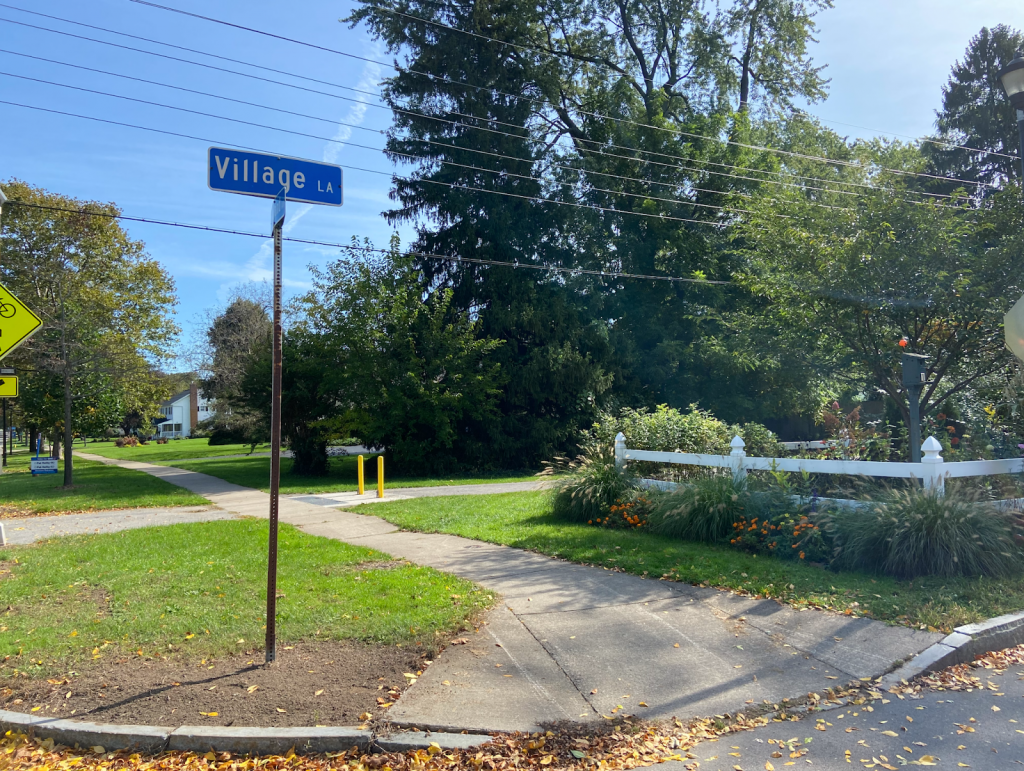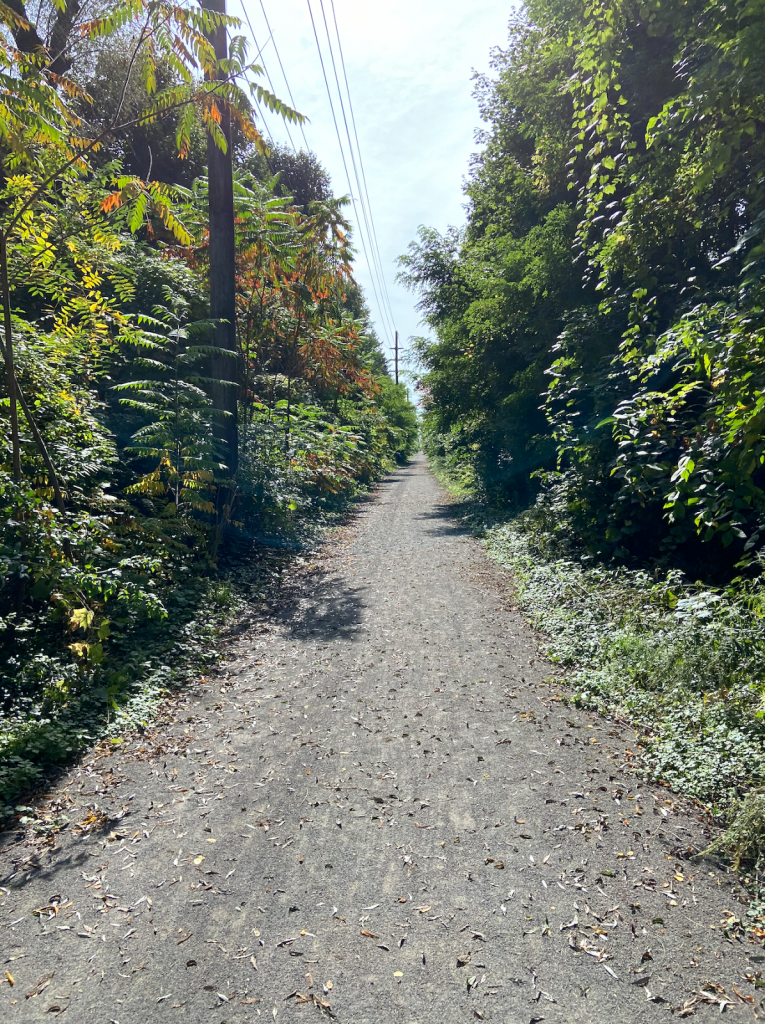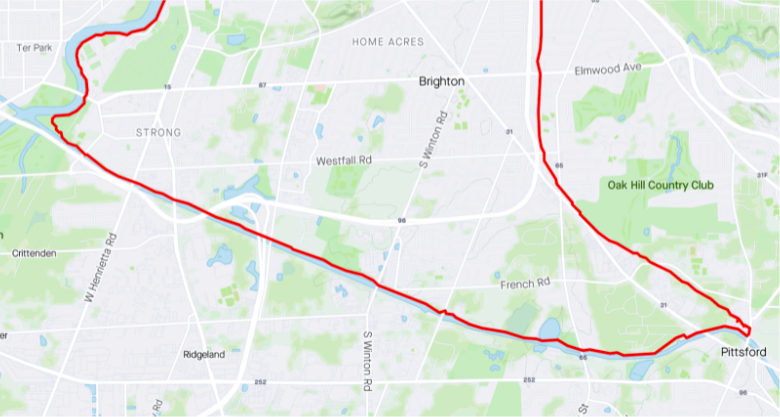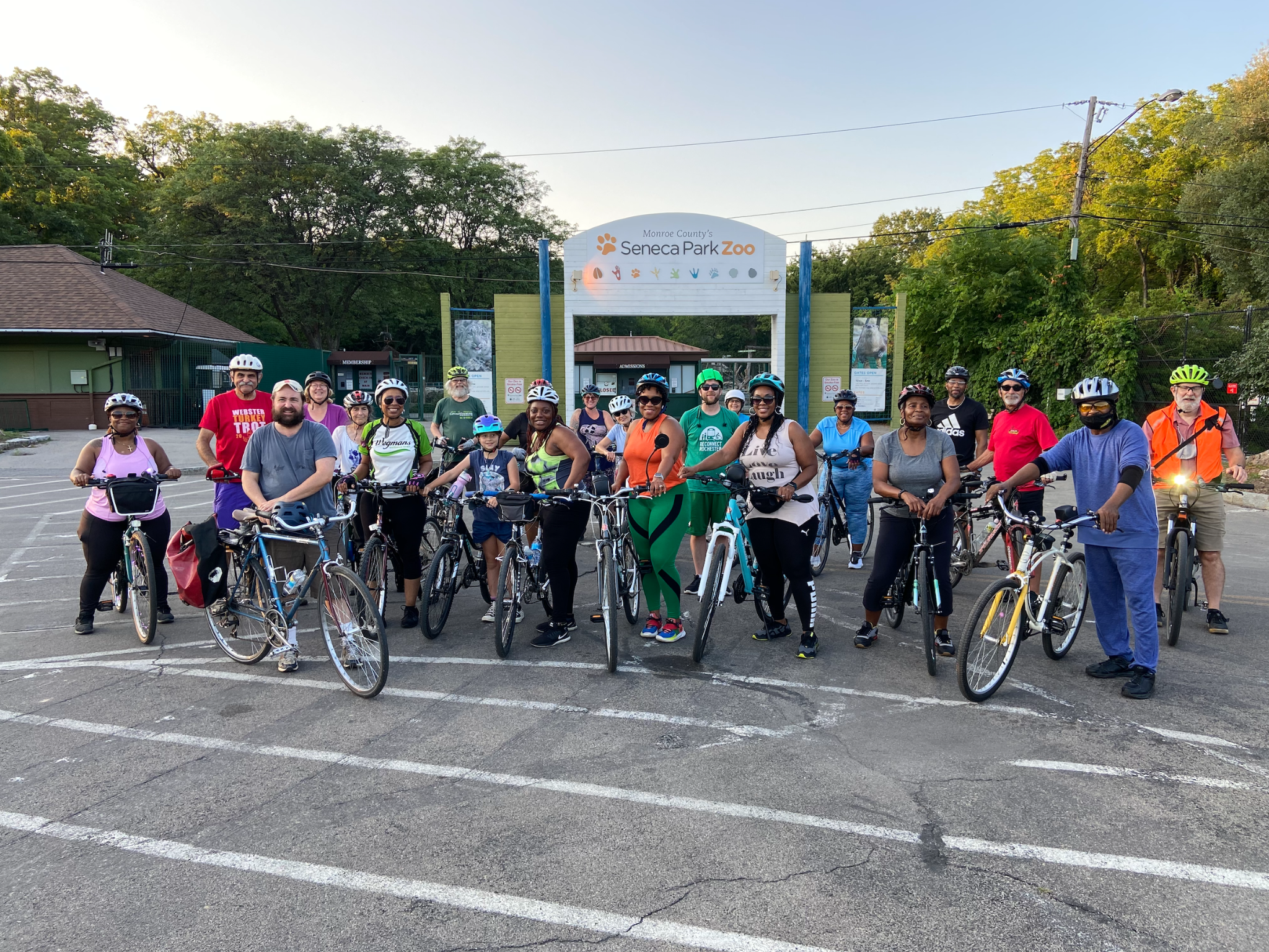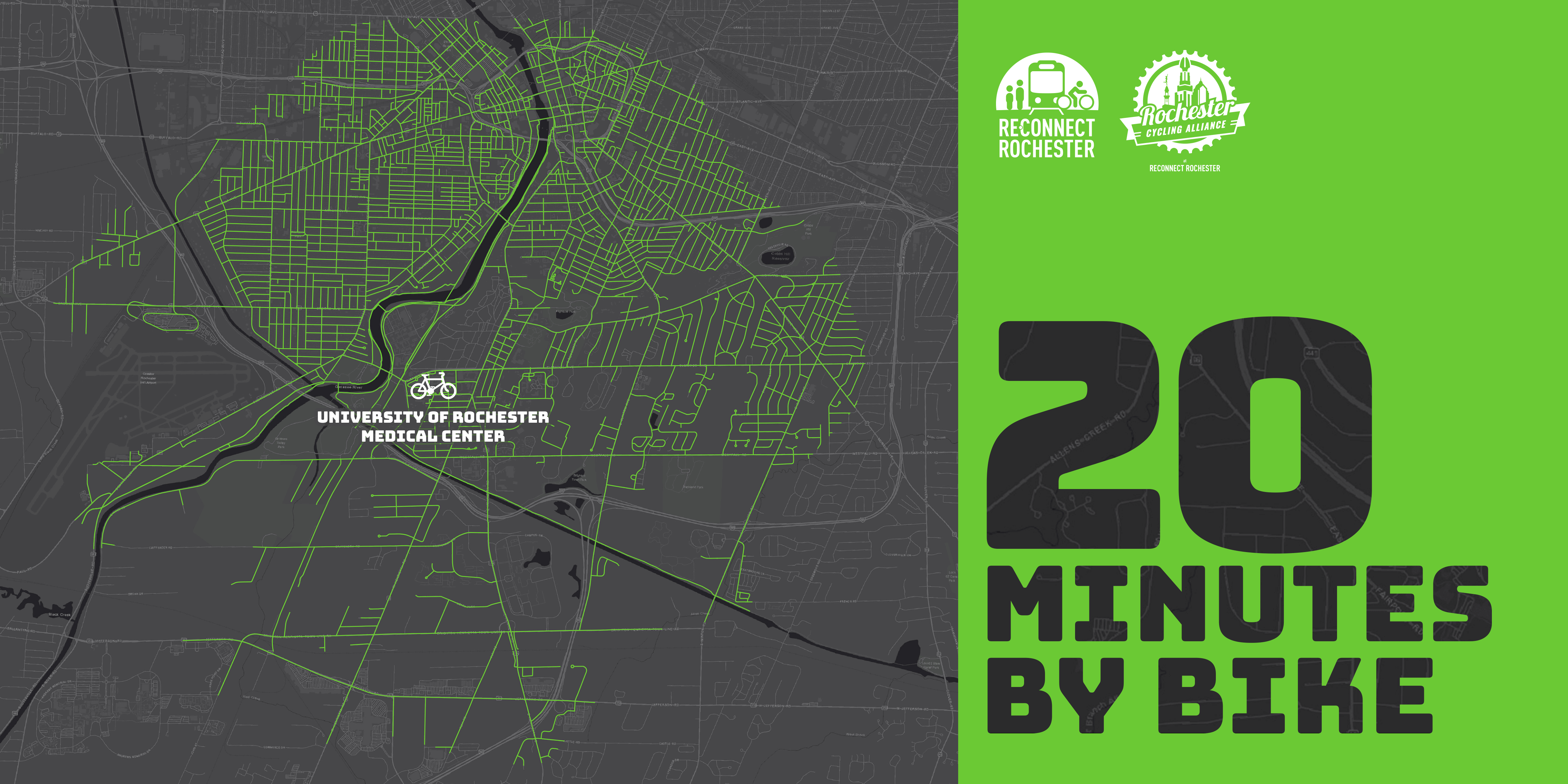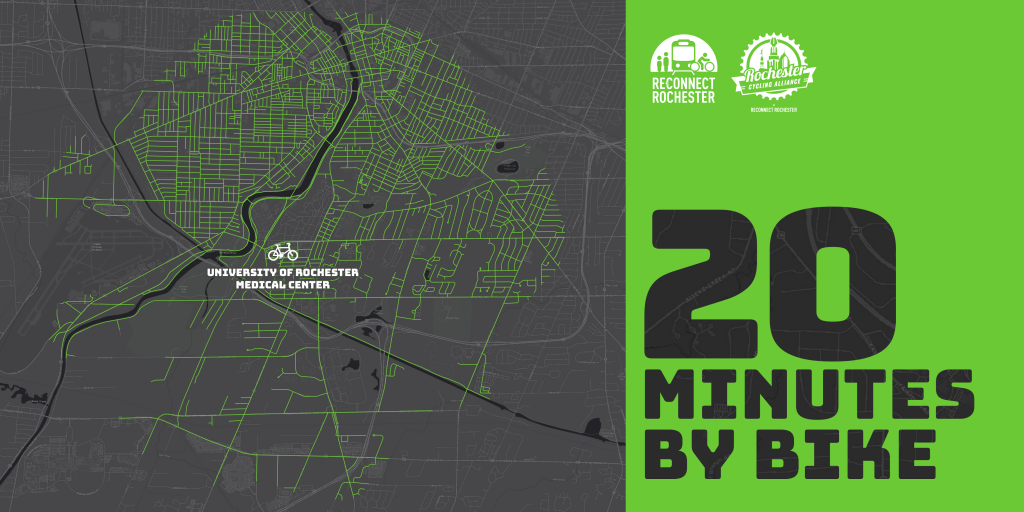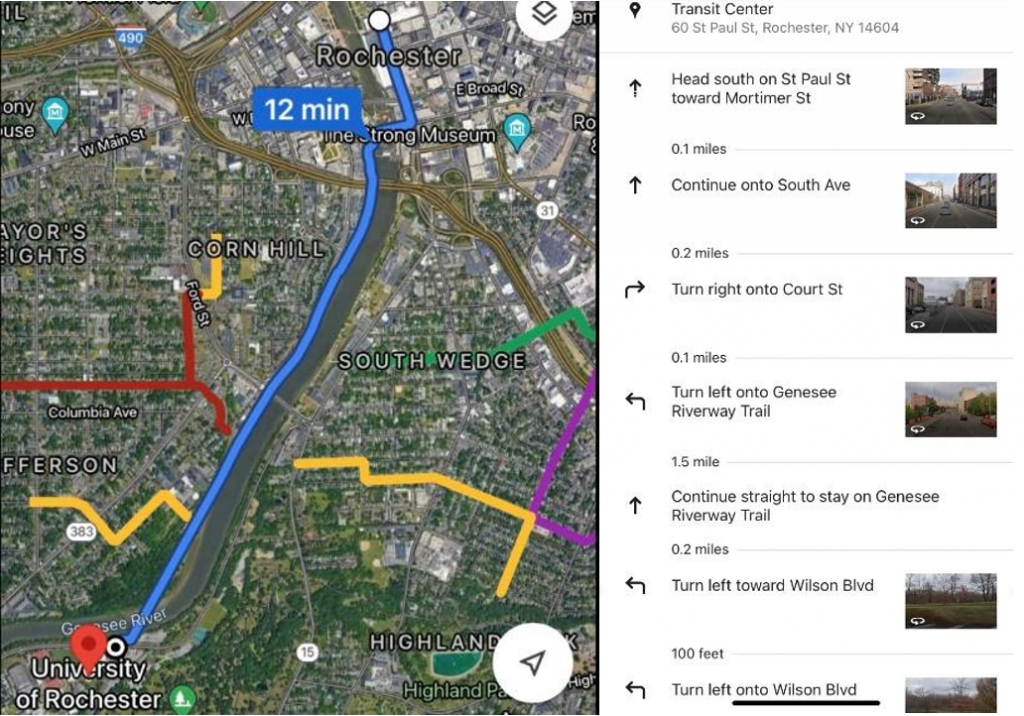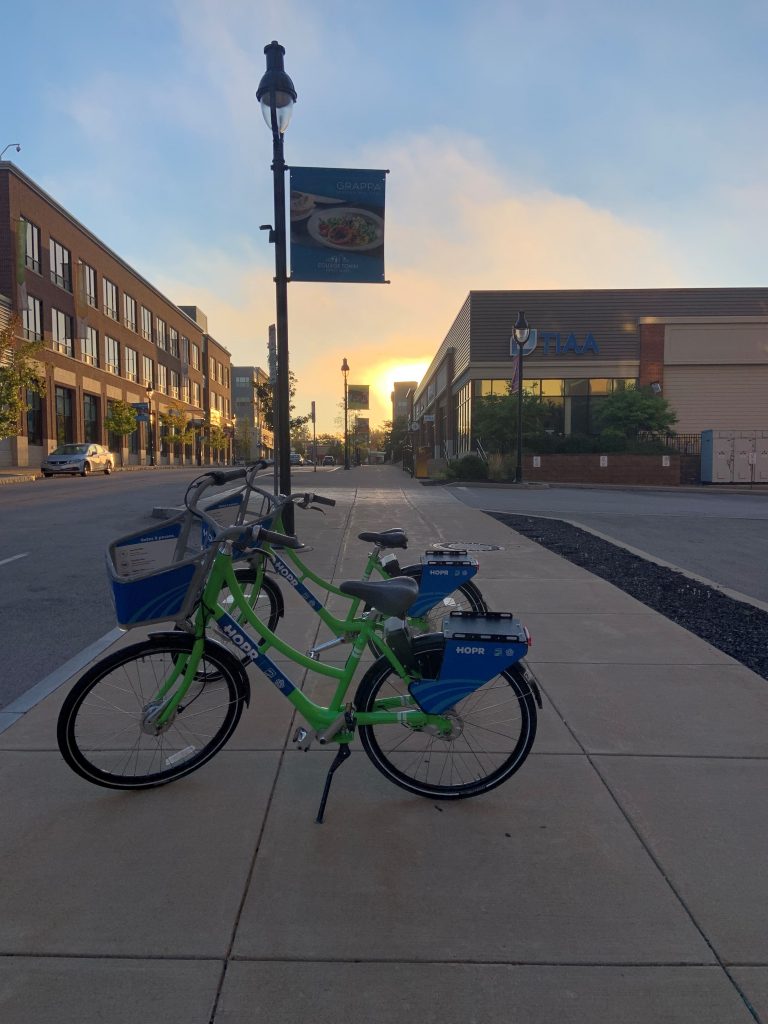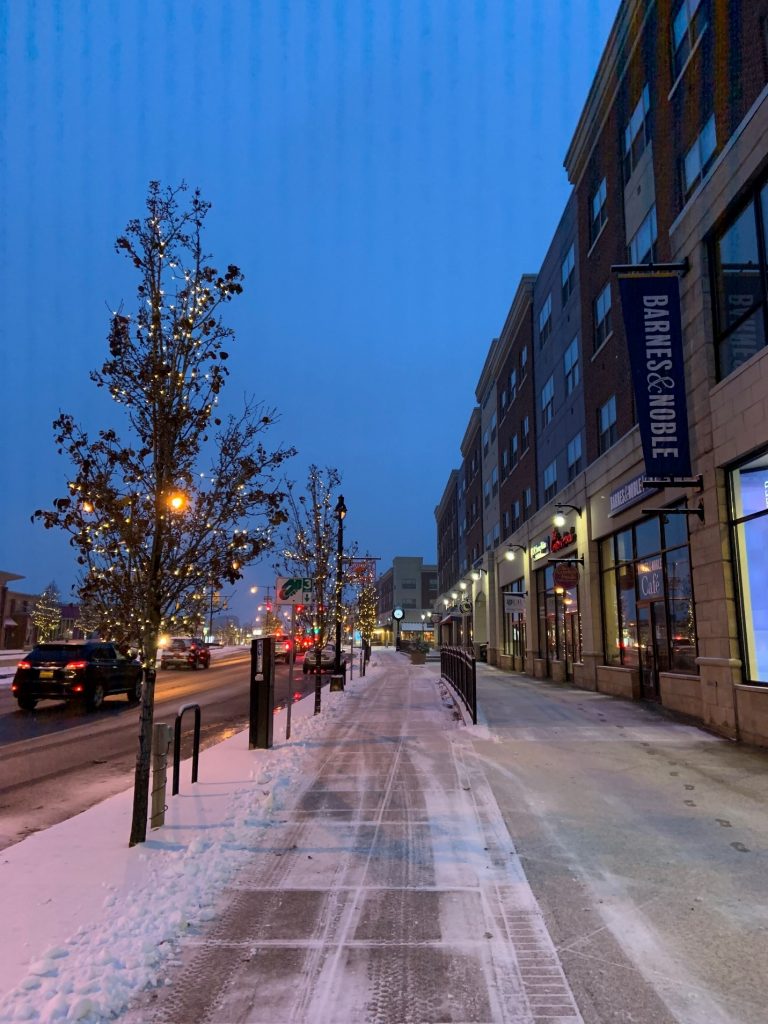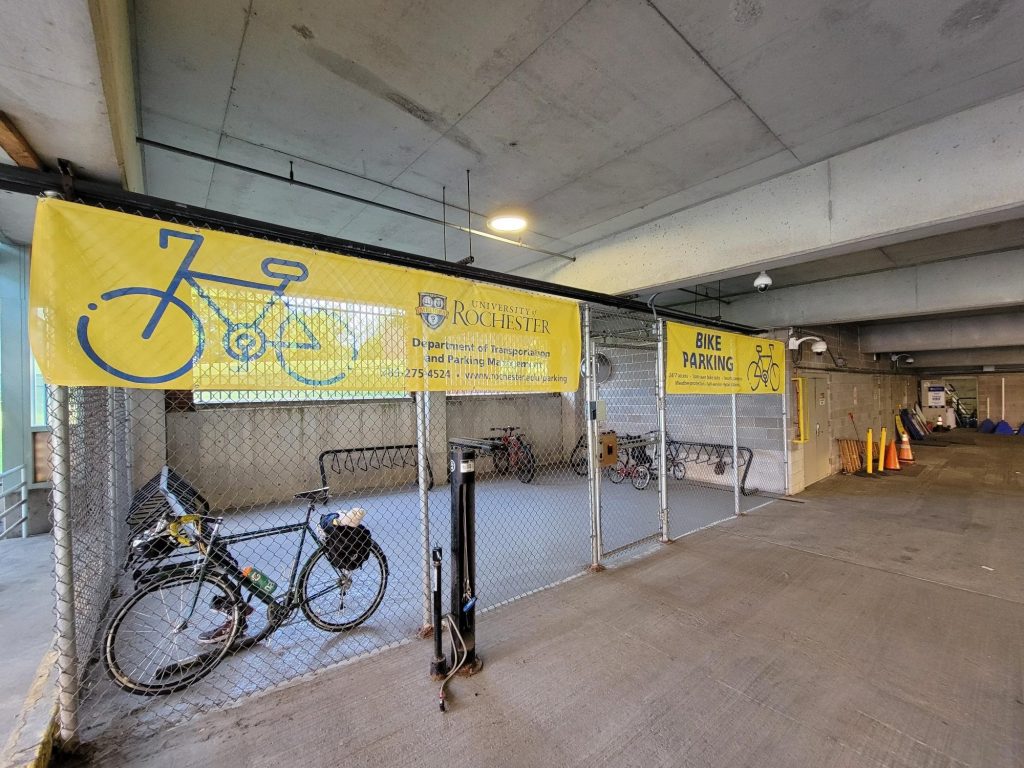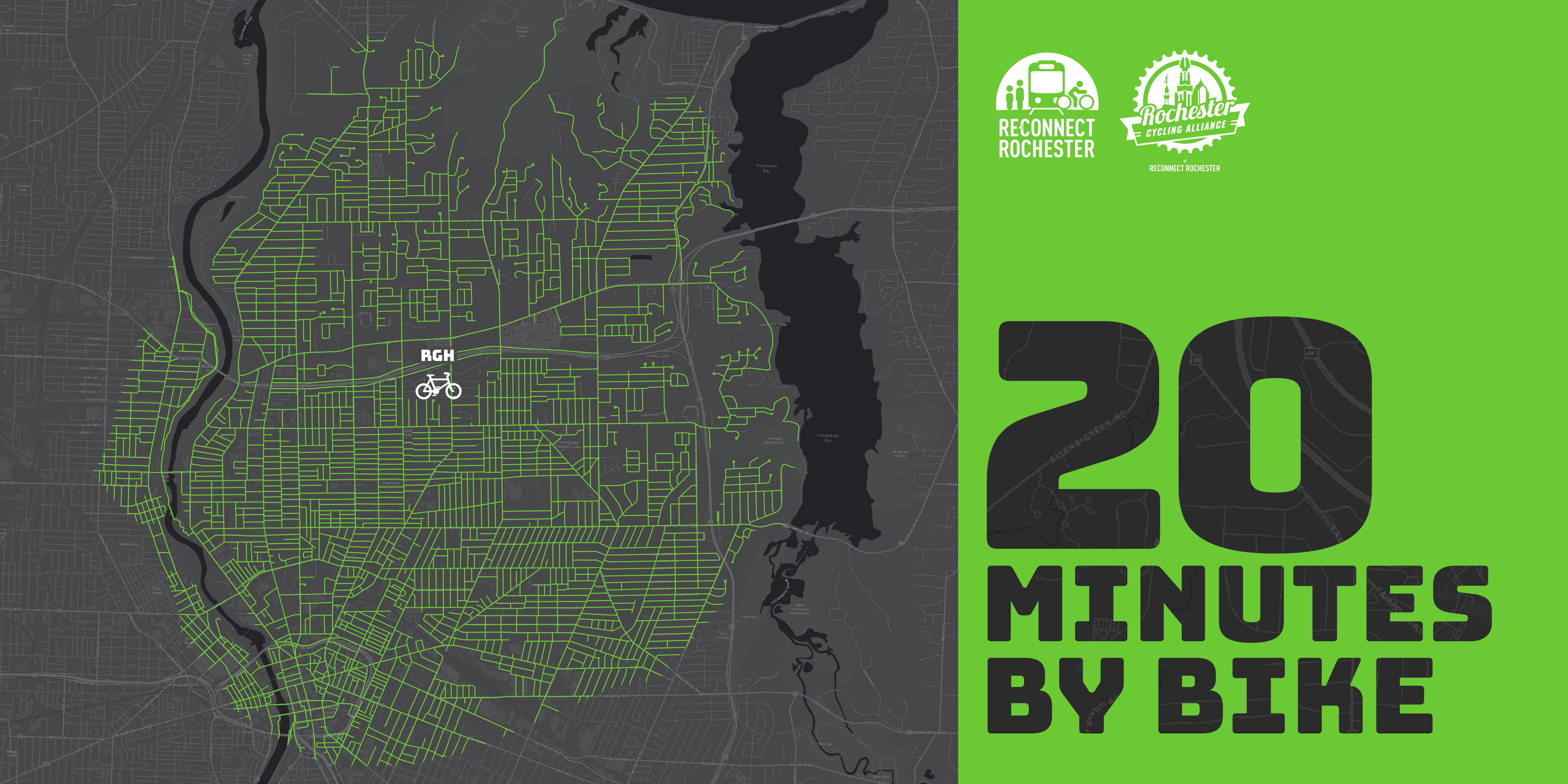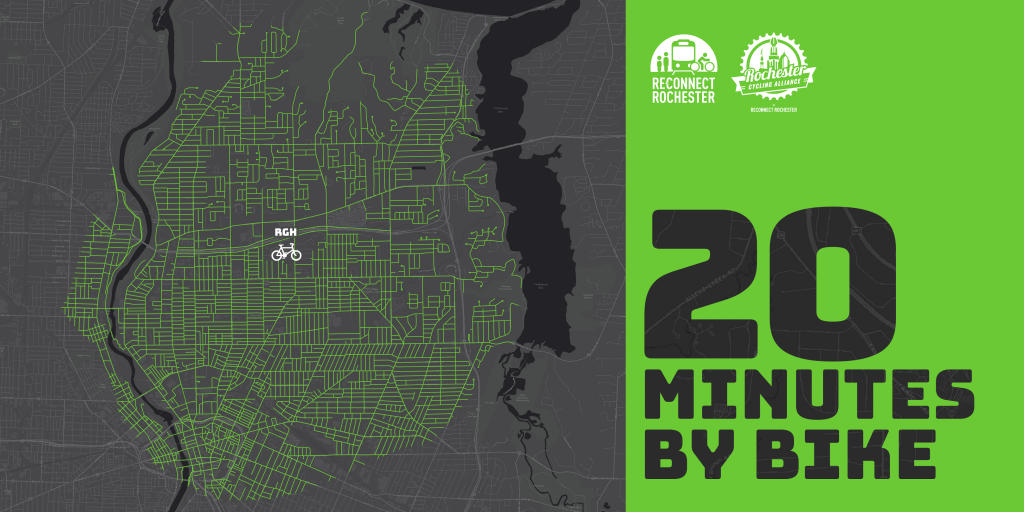Why We’re Showing Up to Ride for the Spine
By Cody Donahue, Director of Policy and Advocacy
Ride and rally with us on Friday, May 3rd for the Ride for the Spine, a community ride to support building the Bike Spine Network envisioned in the City of Rochester and Monroe County Active Transportation Plans. Arrive between 2 pm and 2:15 pm at Genesee Valley Park Sports Complex to depart promptly at 2:30 pm and ride to City Hall. Please register so we can have an accurate count: bit.ly/rideforthespine
Confirmed speakers at the rally on the steps of City Hall at 3-3:30 pm:
- City of Rochester Mayor Malik D. Evans
- Monroe County Executive Adam Bello
- Congressman Joe Morelle, NY-25
- City Council Vice President LaShay D. Harris, Chair of the City Council Committee on People, Parks and Public Works
- Michelle King, Black Girls Do Bike
- Cody Donahue, Reconnect Rochester
We bike to get around. We bike to stay healthy. We bike with our families to play and have fun. Biking is good for our planet and our pocketbooks. Our biking community in Monroe County is diverse and vibrant. But what if everyone who wanted to bike could feel comfortable and protected doing it? They could if we made our bike network safe, low-stress and seamless. They could if our community prioritized biking as a mobility option for all kinds of people.
Reconnect Rochester has championed active transportation for years and worked to make it easier and safer for people to use their bike to get around: we provide bike education, custom bike maps, organize rides all summer, and have bike-to-work pit stops twice a year (Save the Date for Friday, May 17th!). We see our job as normalizing biking for transportation, sharing how bike boulevards and cycle tracks are a low-stress option to get around. There are so many great places to ride within 20 minutes of where you live.
However, we know none of these resources can fix roads where cars travel at unsafe speeds and painted bike lanes that disappear and reappear seemingly randomly. We can’t make up for the almost complete lack of dedicated, on-road bicycle infrastructure outside of the City of Rochester. According to the Federal Highway Administration, for about 60% of people who might otherwise ride their bike, these conditions discourage them from even trying to bike to work, to school or to the grocery store. This is especially true for women, children and the elderly.
To our community’s credit, we are starting to change. Rochester’s cycletracks and Inner Loop East project have been featured in national media, Elmwood Avenue became the first County road outside of the city with bike lanes, and Rochester secured $3.2 million of federal funds to test (among other things) bike lane barriers. These projects are a down payment on what we hope will be the transformation ahead to become a more multi-modal community.
Two key transportation plans were adopted in 2023 that, if aggressively implemented, would significantly expand and transform bike infrastructure in our community. The Monroe County Active Transportation Plan and the City of Rochester Active Transportation Plan (hereafter, the “ATPs”) were completed in a coordinated fashion so that the bike network envisioned in the city would continue out into Monroe County’s towns and suburbs. The ATPs quite literally provide a roadmap for building a bike transportation system throughout Monroe County.
The City of Rochester called the main corridors of their bike network the spine and that is why we are calling our ride the “Ride for the Spine”. On May 3rd, we will Ride for the Spine with bicyclists of all ages and all walks of life and rally together with our elected official partners to demonstrate our support for the work ahead. Our goal is to show there are people from all over Monroe County who support aggressive implementation of the Active Transportation Plans, building a high-comfort and seamless bike transportation network in a matter of years – not decades. Continuing at our current pace will not get us to this goal.
To bring the ATPs’ visions off the paper to reality, our rally will ask the following of our municipal leaders:
- Build 8 miles of protected bike lanes to complete the minimum grid now
Don’t wait to build the spine. We can attain a “minimum grid” of north-south/east-west axis bike facilities by installing protected, seamless bike facilities on Main Street from the Erie Canal to Winton Rd. (a 6-mile investment) and by filling in the Genesee Riverway Trail gap north of downtown (a 2-mile investment). These 8 miles are the key to success and must be completed in the near-term. Building good quality bike infrastructure is a small percentage of a repaving project and we should leverage every project to deliver it. But relying only on road maintenance cycles won’t be enough. To accelerate progress, the City and County will need to dedicate funding in their operational budgets, and/or seek dedicated State and federal funding.
- Build the seamless, high-comfort bike facility every time
When a road that was envisioned in the ATPs spine is up for repaving or reconstruction, the design must reflect protected bike lanes with connectivity to other parts of the network. Painted lanes only suffice for the envisioned “supporting corridor network” for more experienced riders. Protected bike facilities make all road users safer, including drivers. Low-cost materials are available and widely used nationwide.
- Build resilience in the face of opposition
City and County officials: You are doing the right thing by implementing complete streets. They make roads safer for everyone and more inclusive for people of all ages and abilities. Protected bike facilities are cost effective, reduce fatalities & injuries, and get more people biking & scooting, which lessens pollution & congestion, saves families money, attracts and retains young people, acts as a social cohesive, gets residents active & healthy, gets kids outside and results in a more equitable and vibrant community. That’s a lot of checked boxes! Certainly there are trade-offs – mostly underutilized parking spots and slowing cars down. Often we bicyclists are motorists too and we find these trade-offs acceptable. Safety for vulnerable road users must be our prime directive and override perceived inconveniences for drivers.
We can do this together, in partnership, for the betterment of our community. Once again, we hope you will ride with us Friday, May 3rd to support building the bike spine network! Please click the button below to register so we can have an accurate count!


